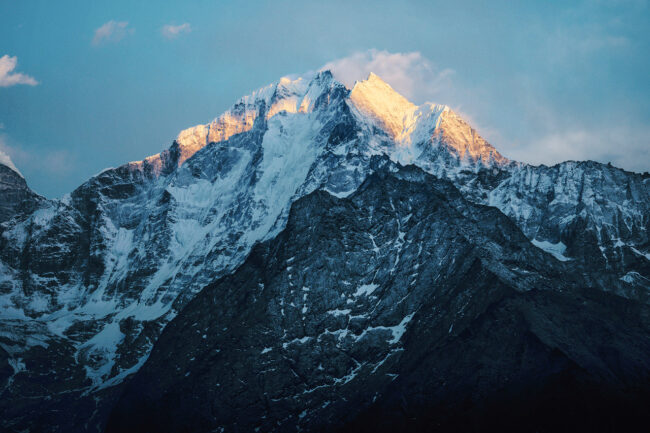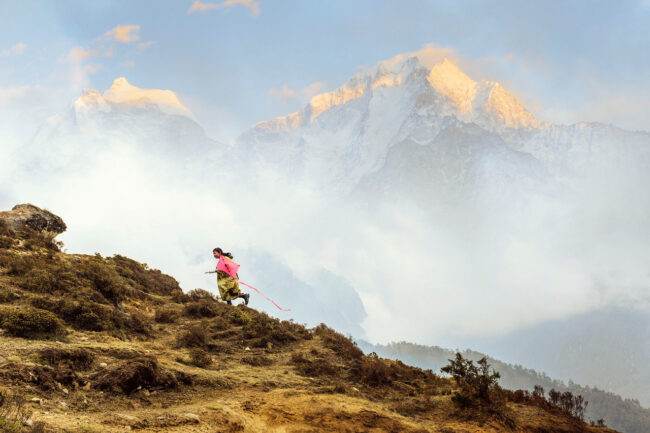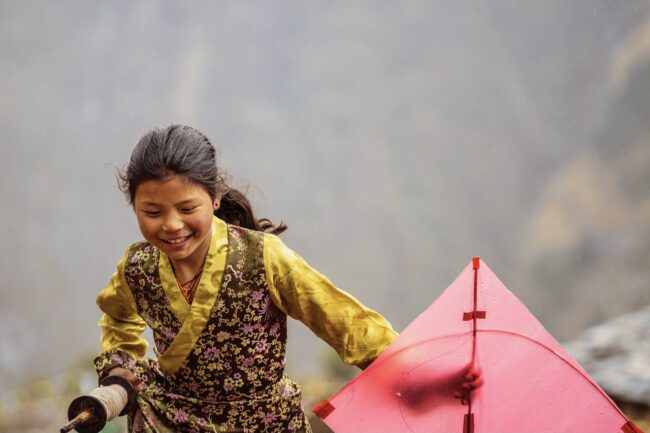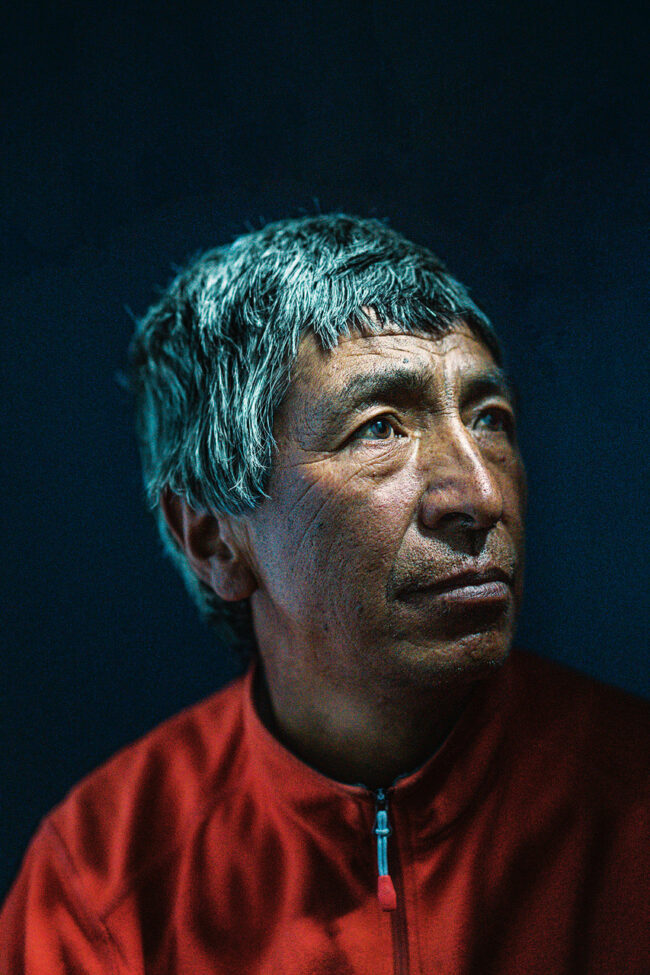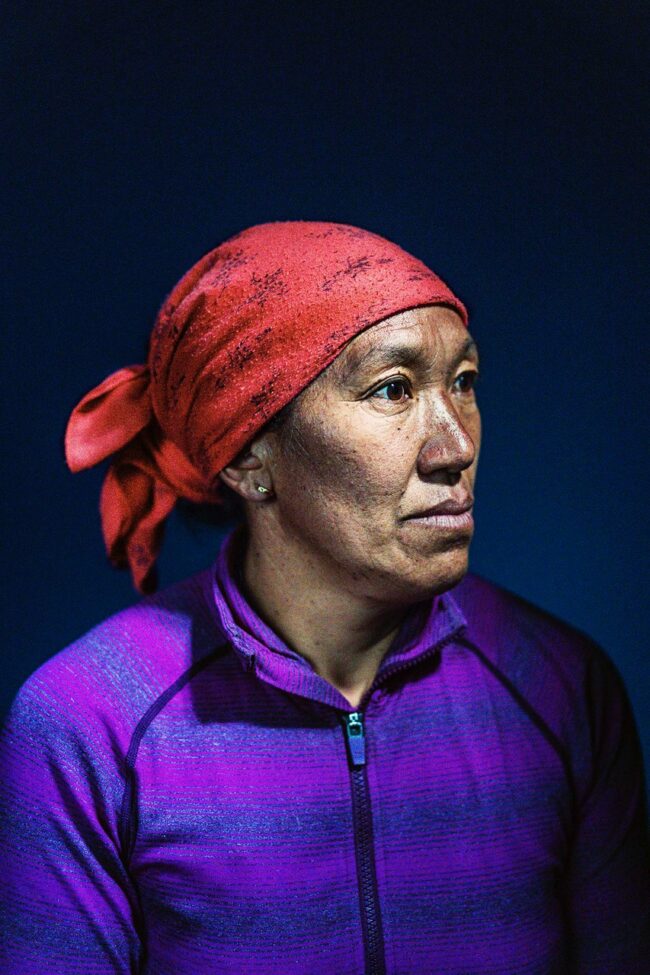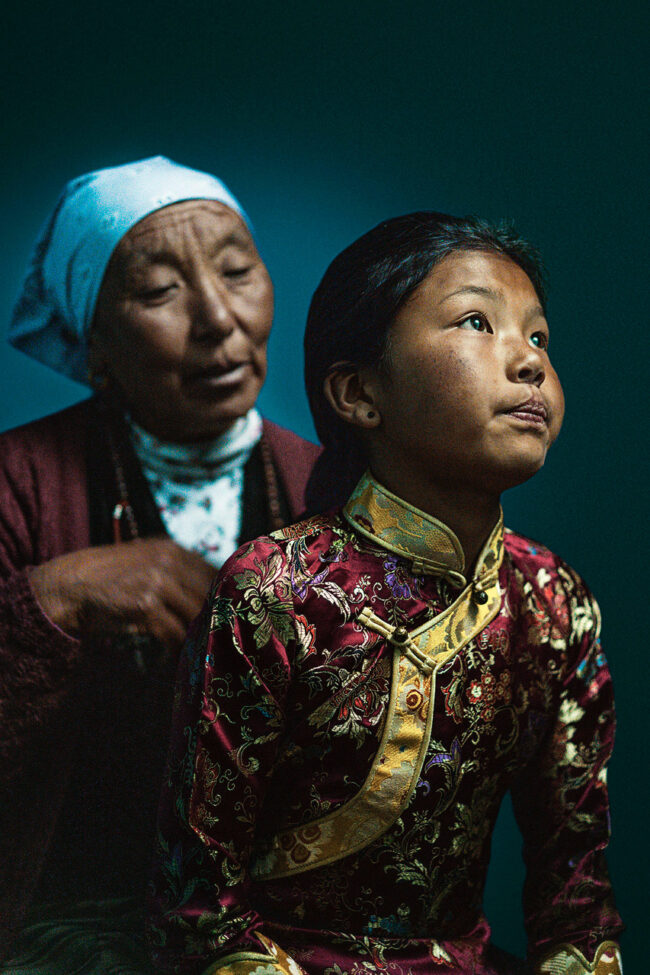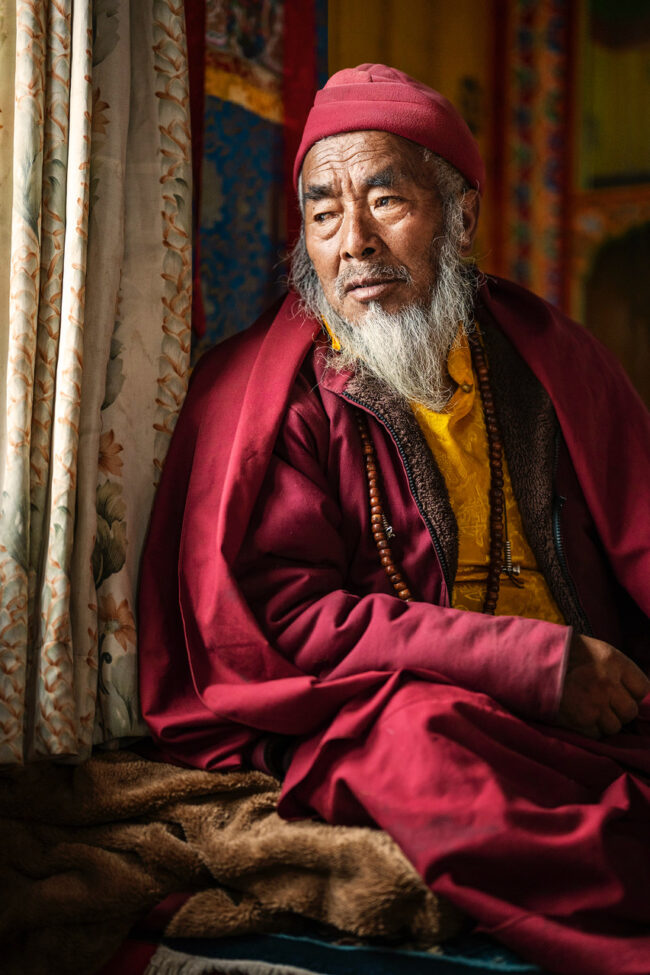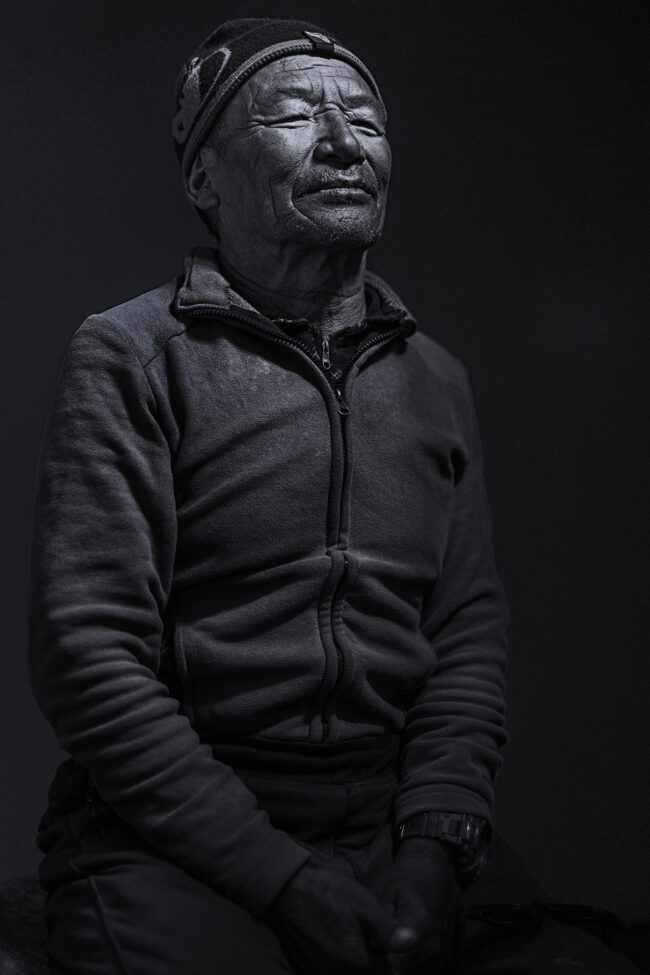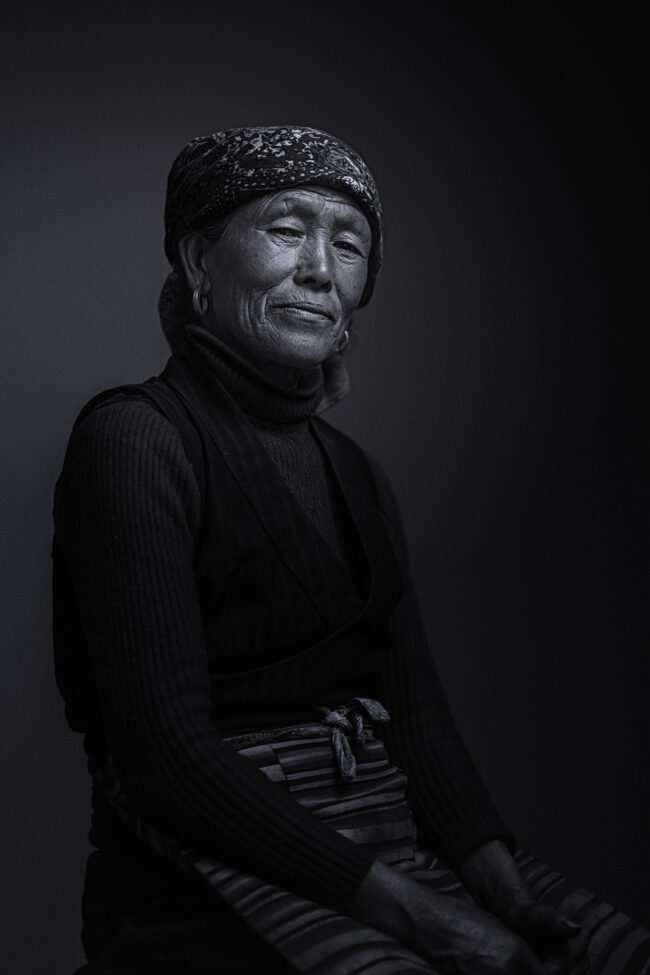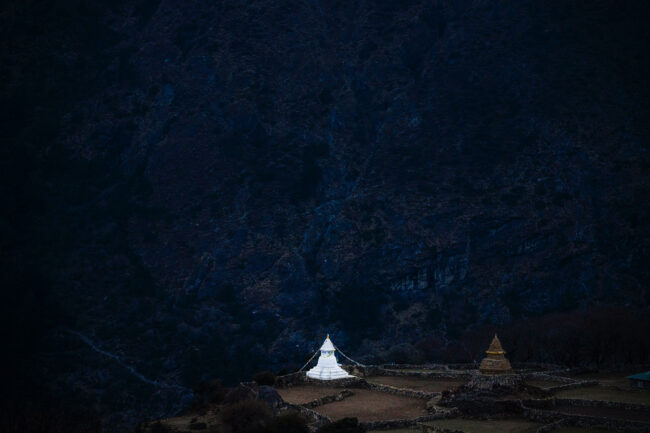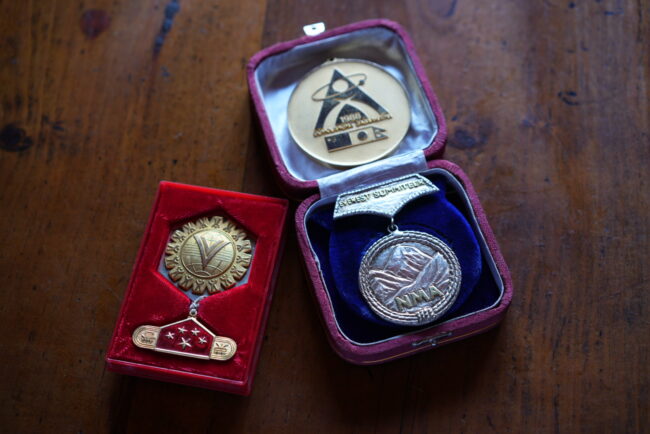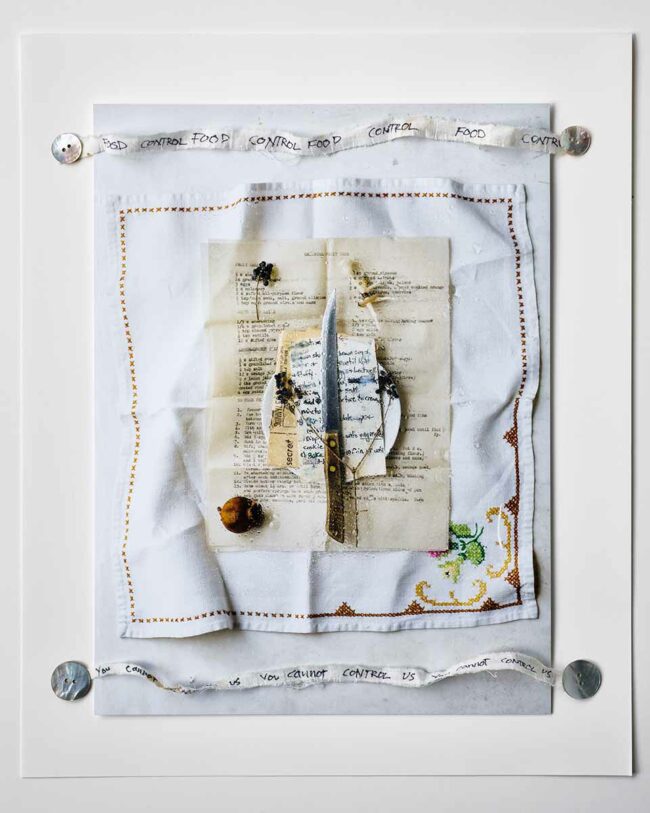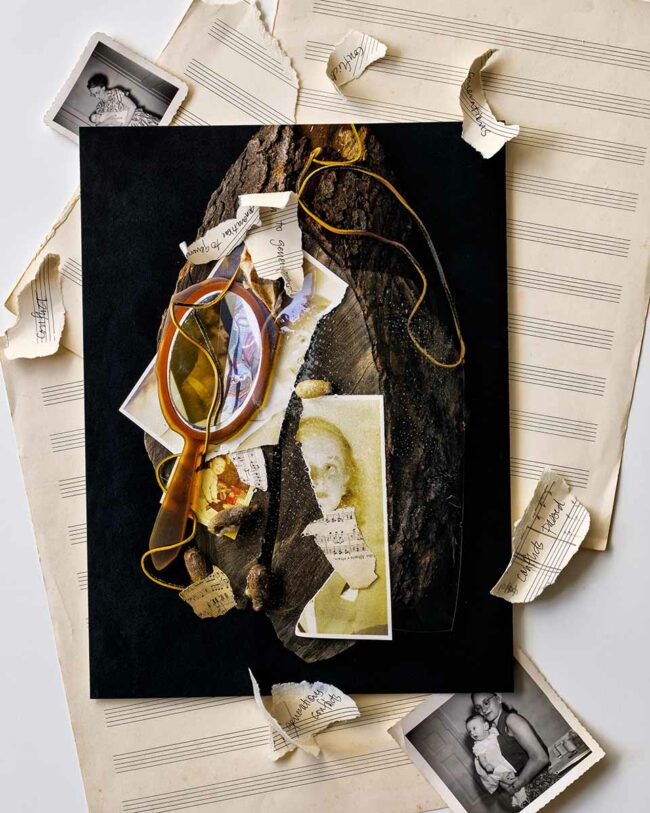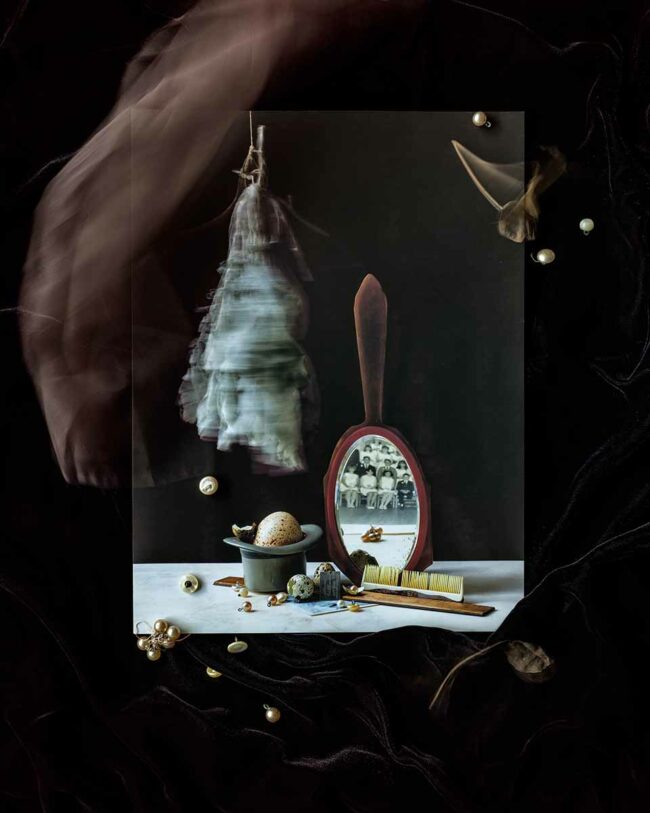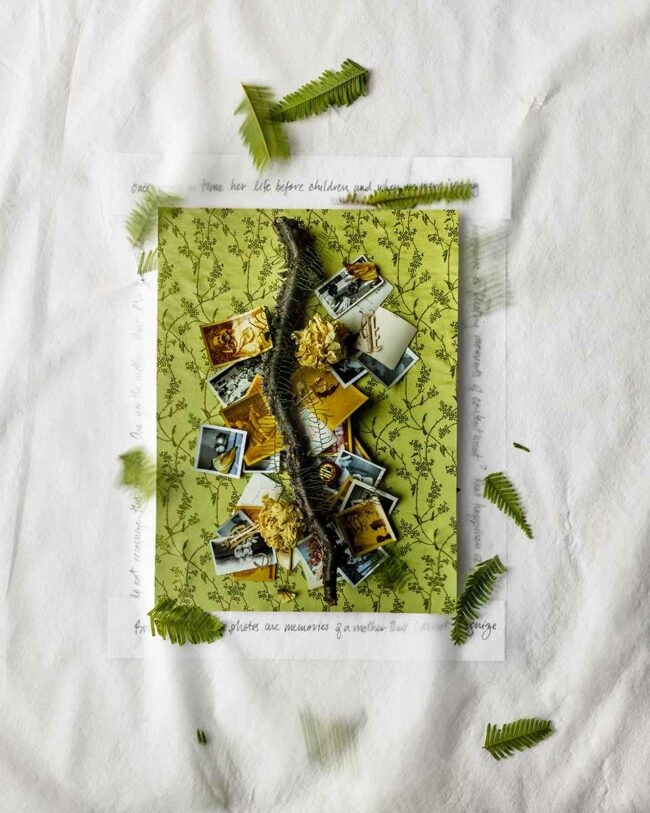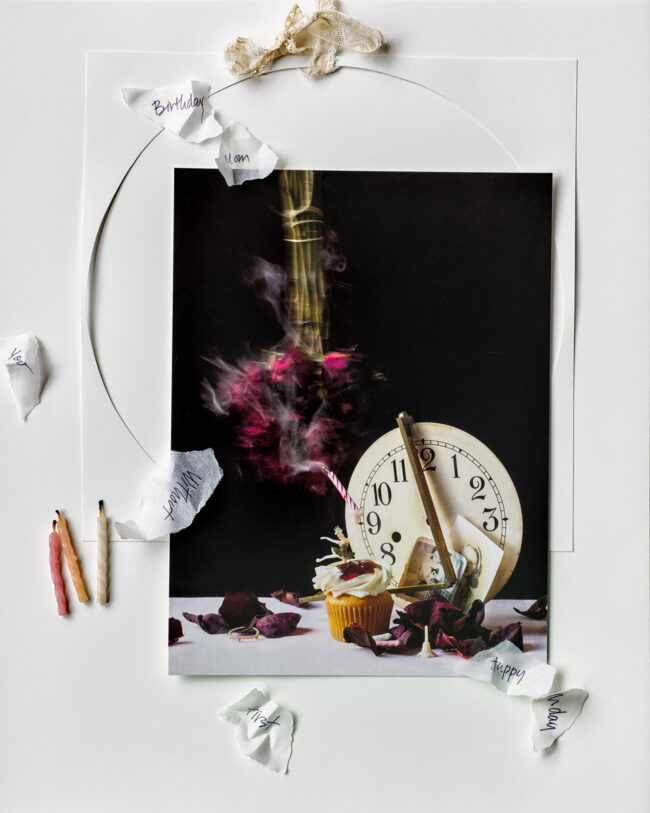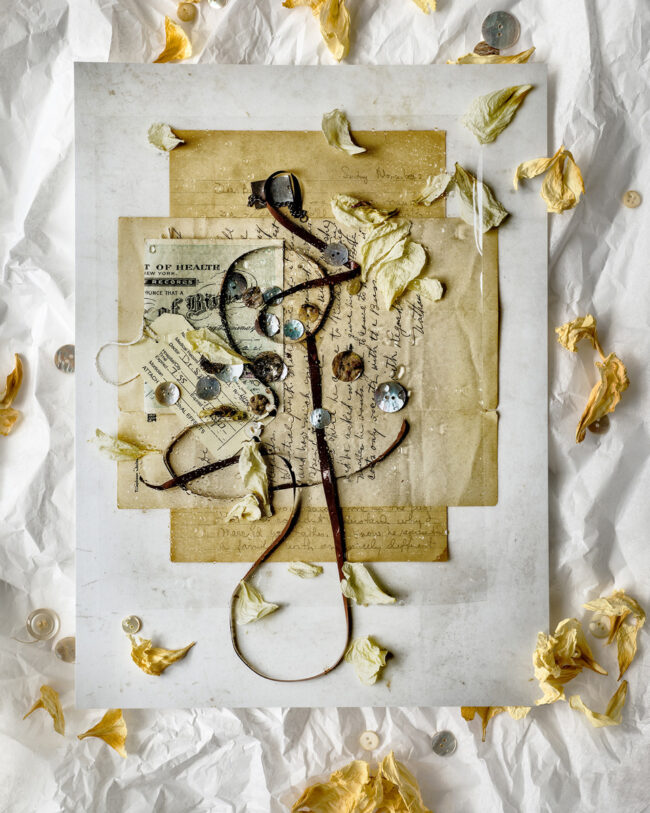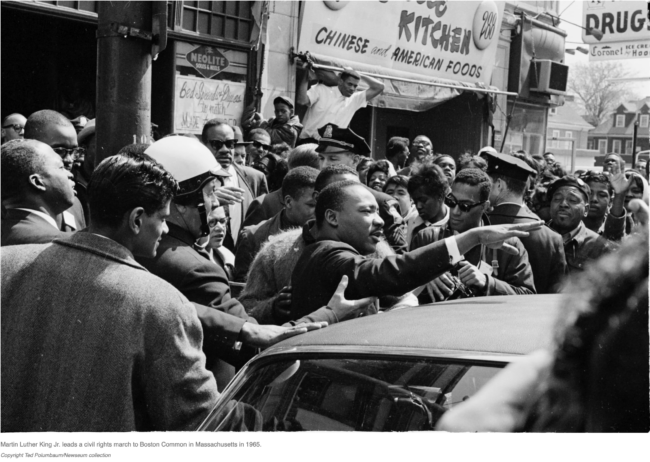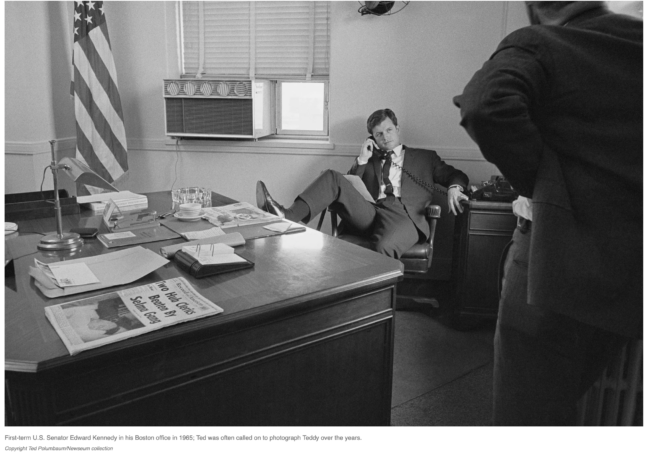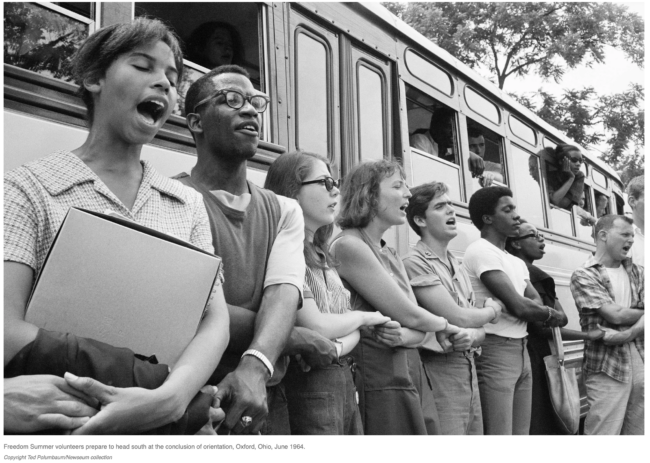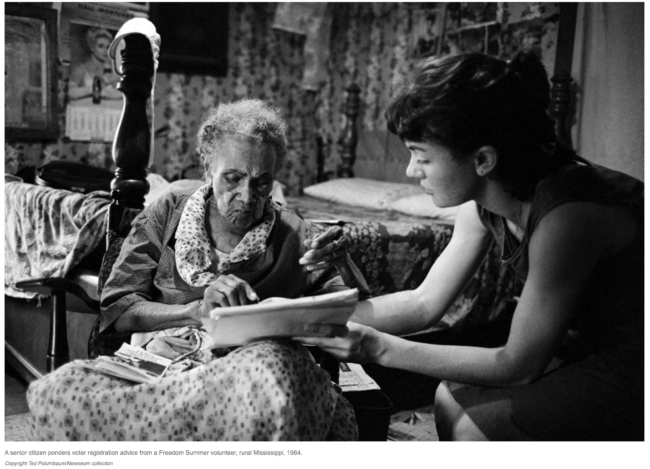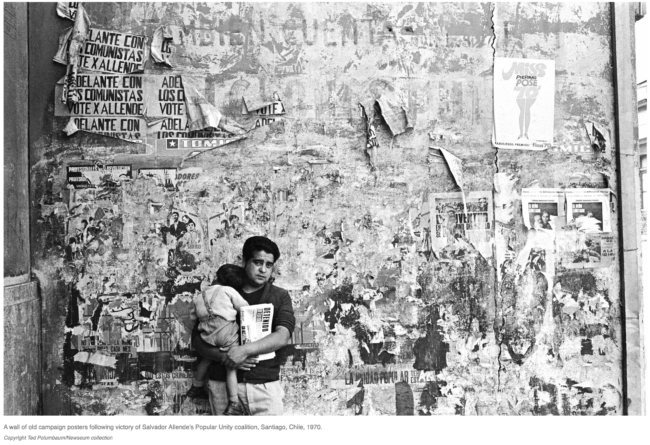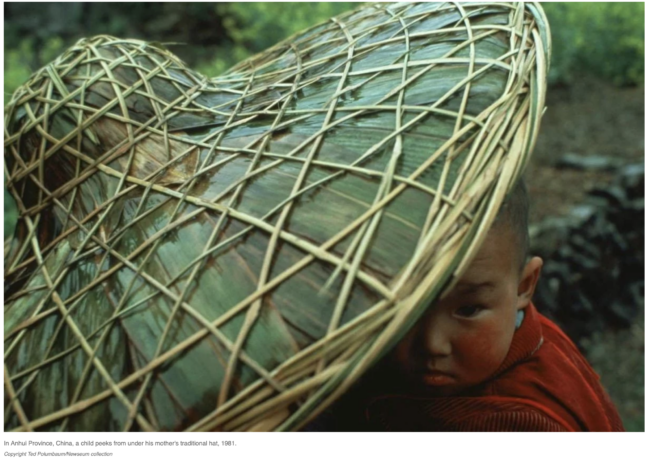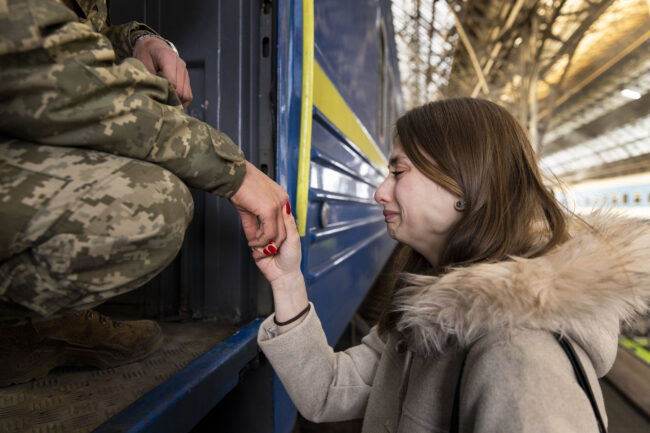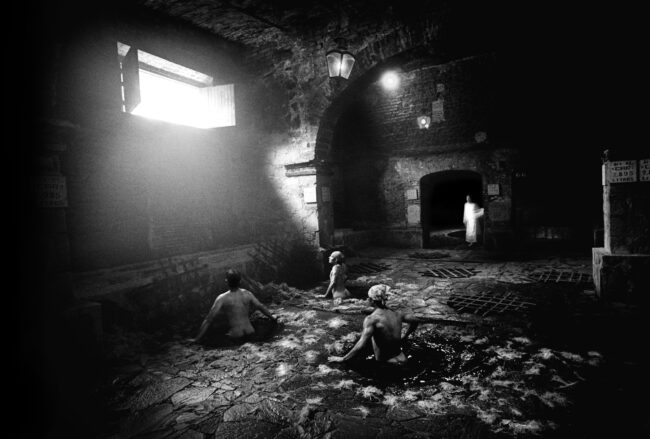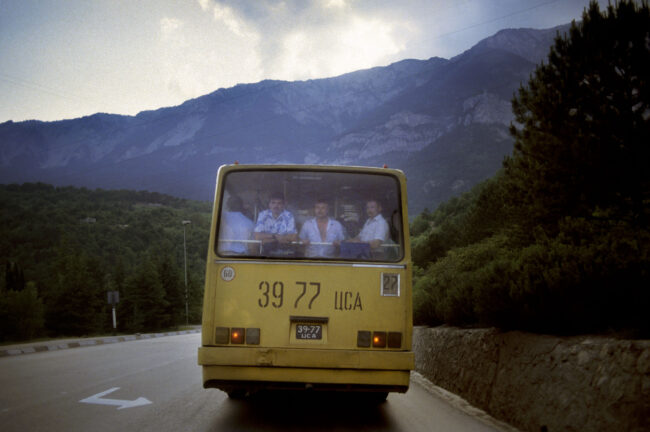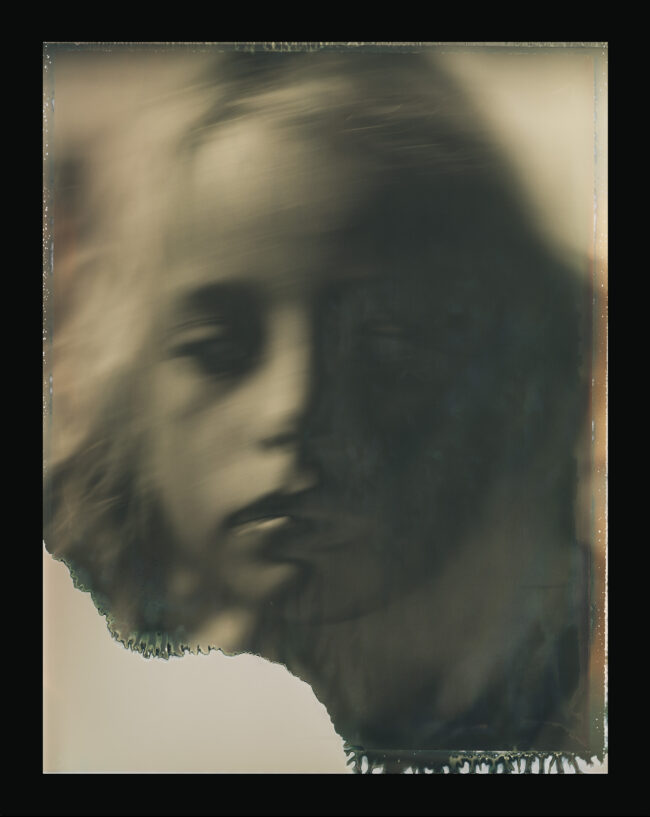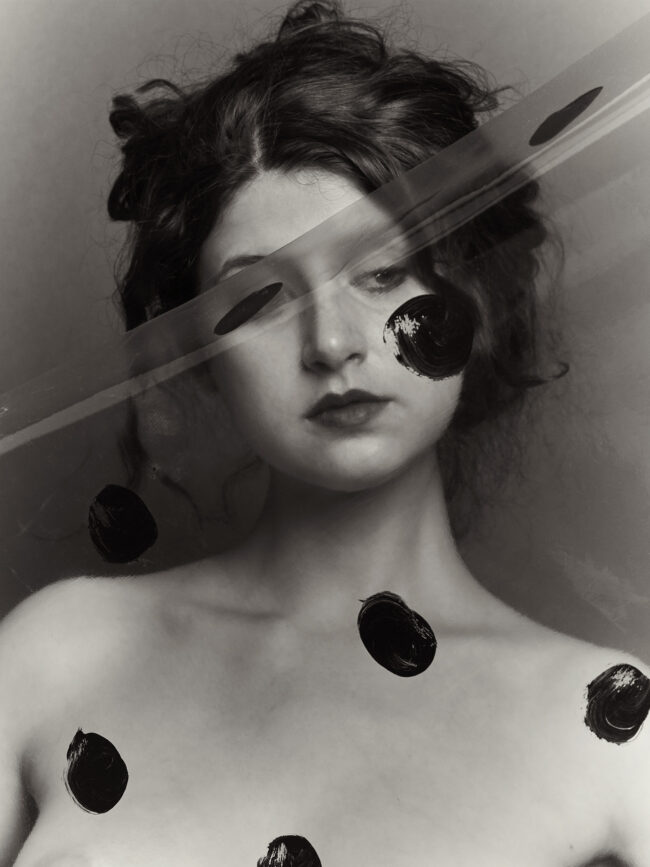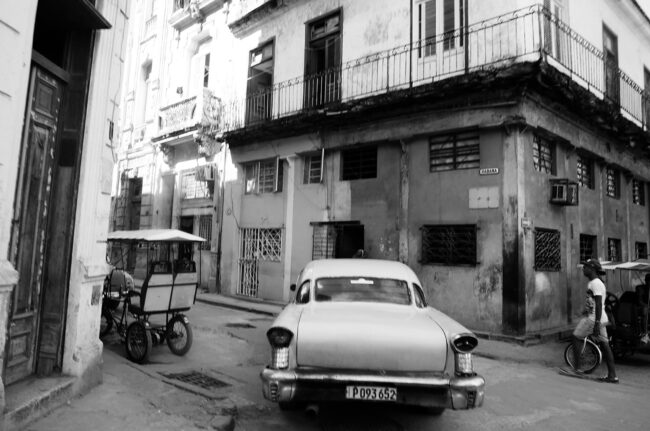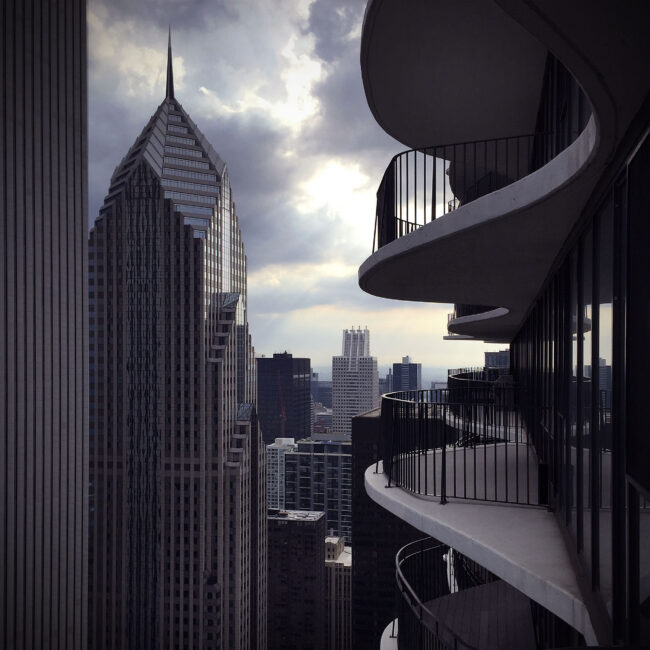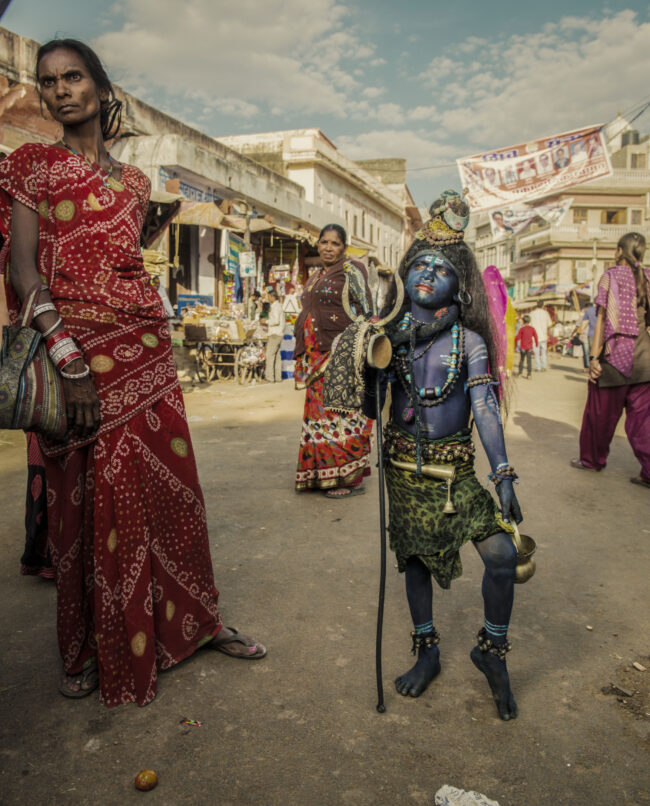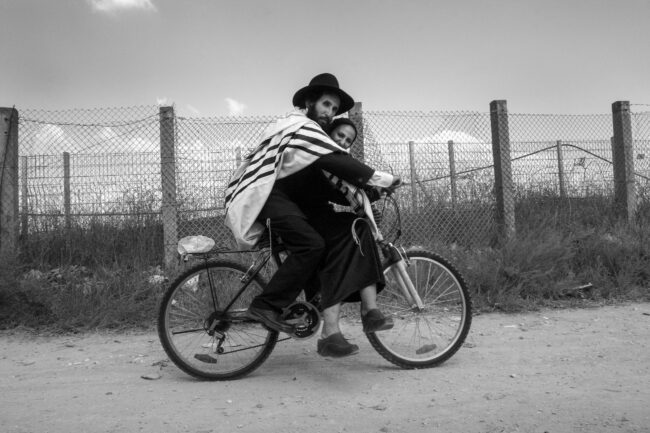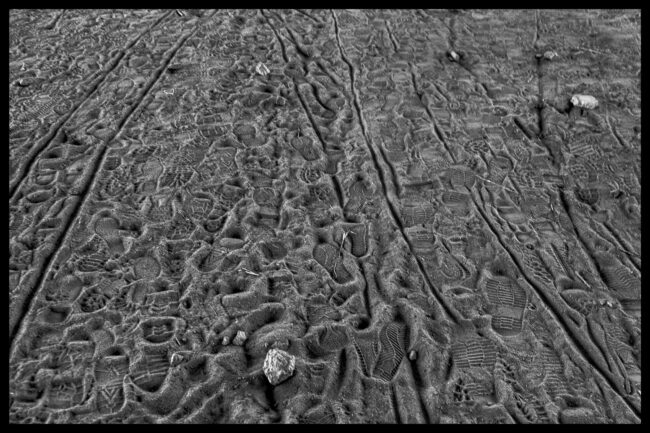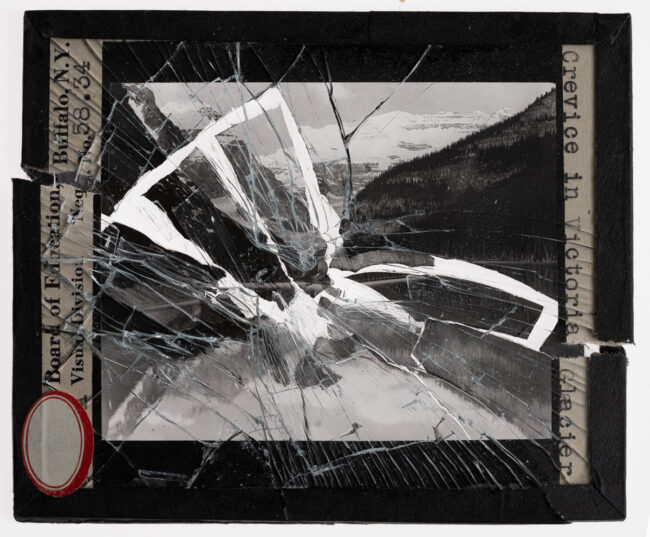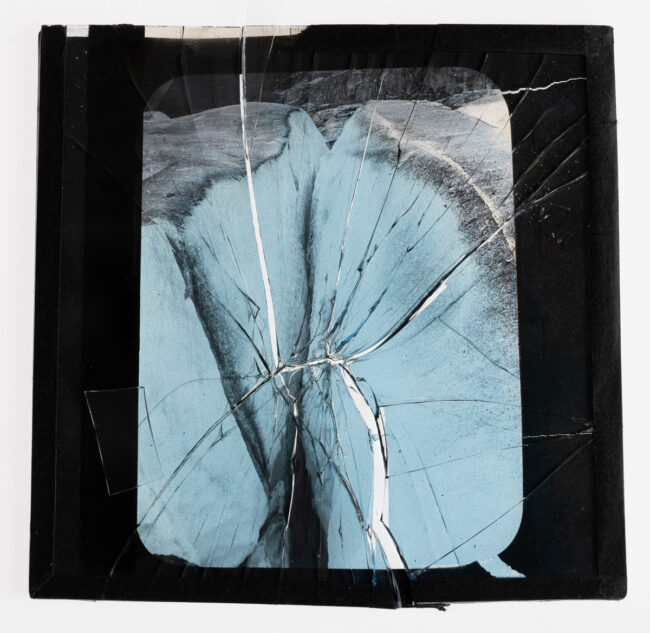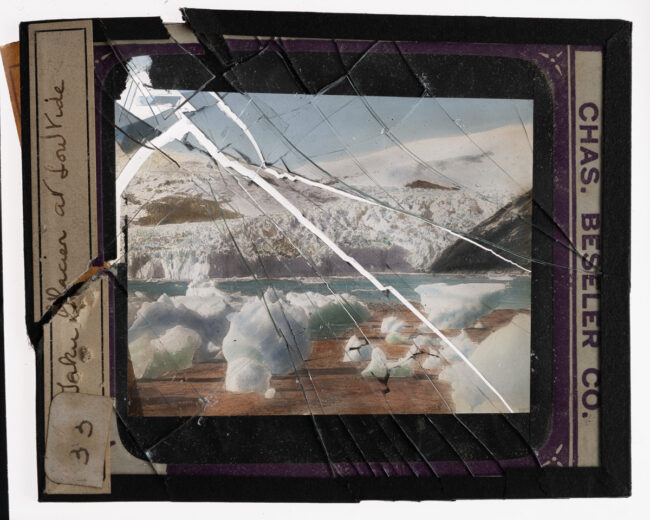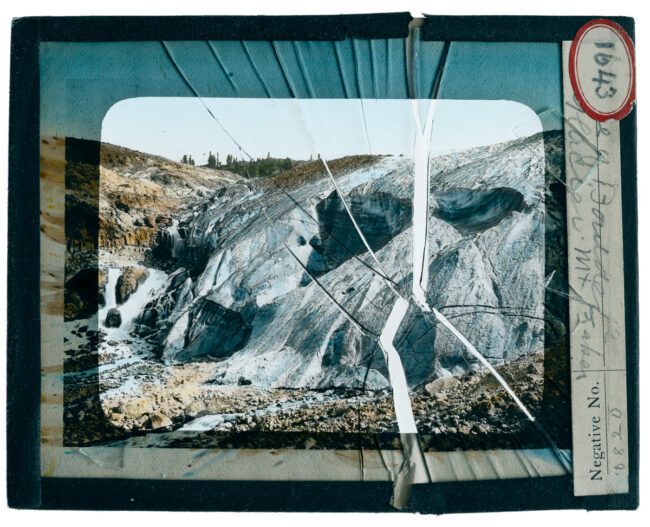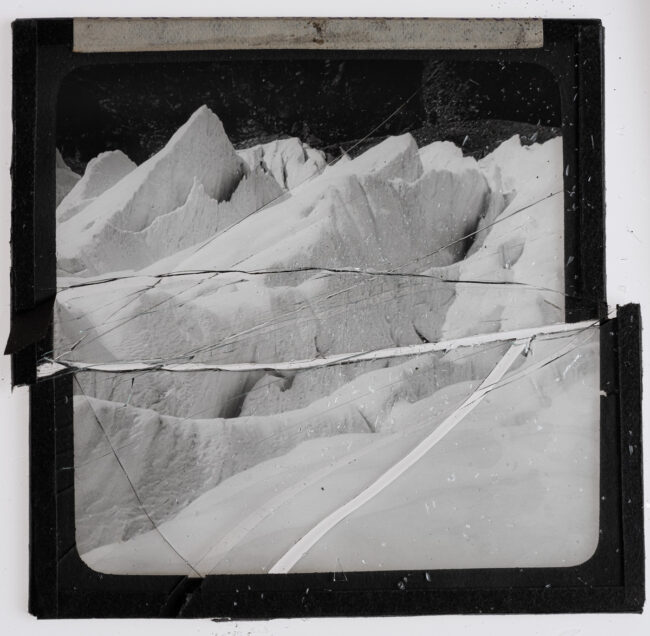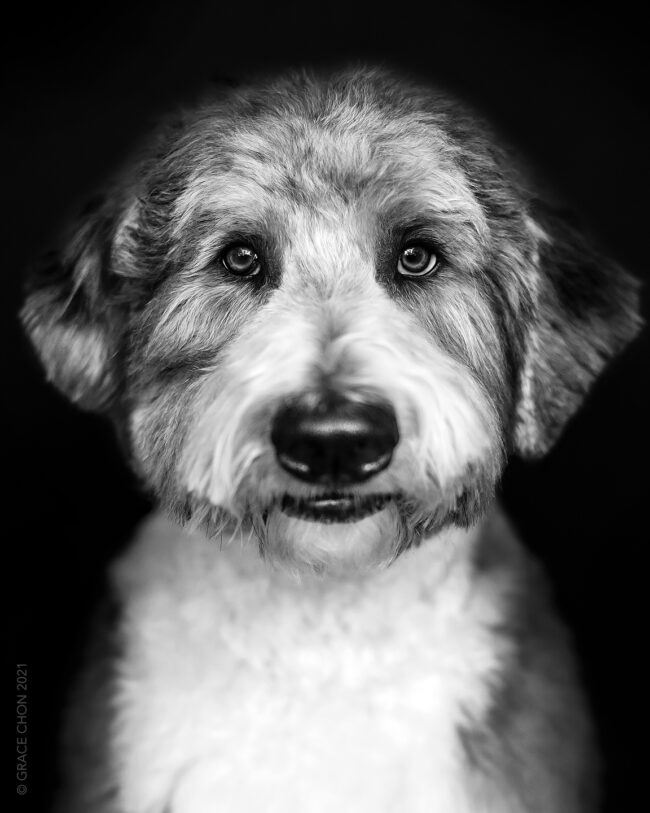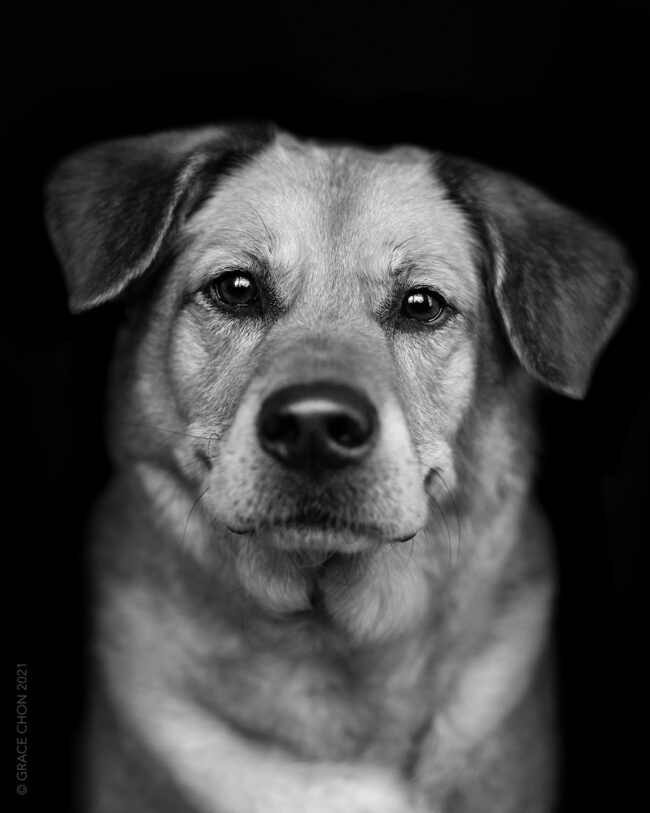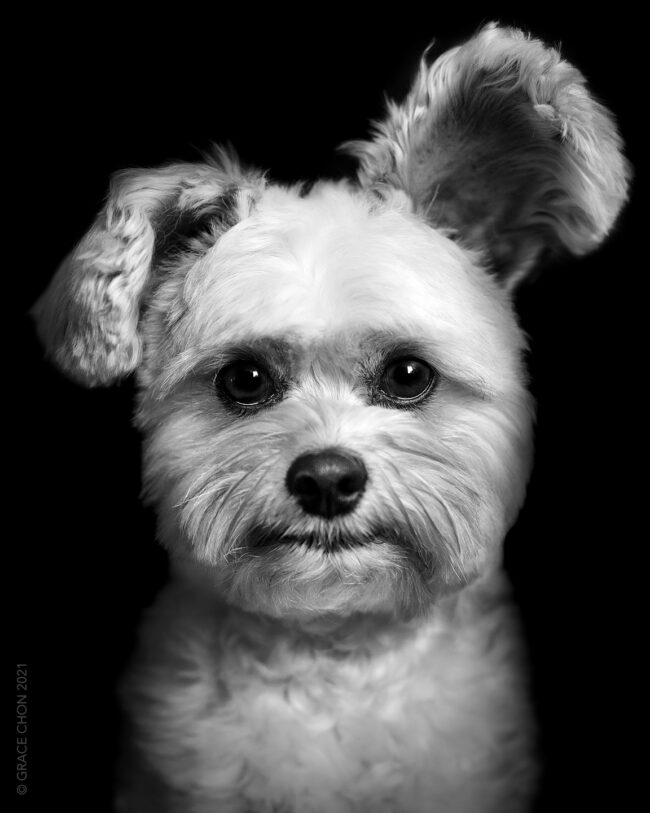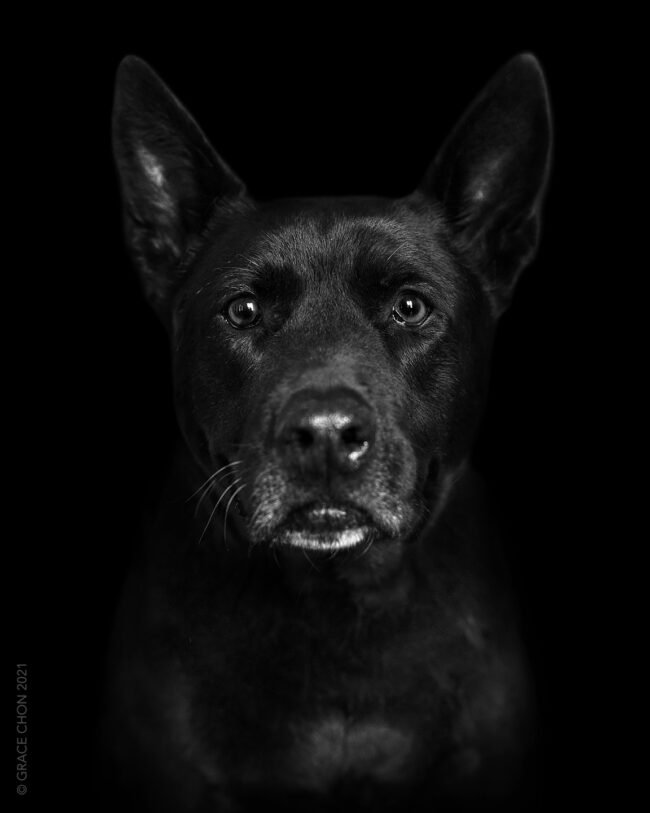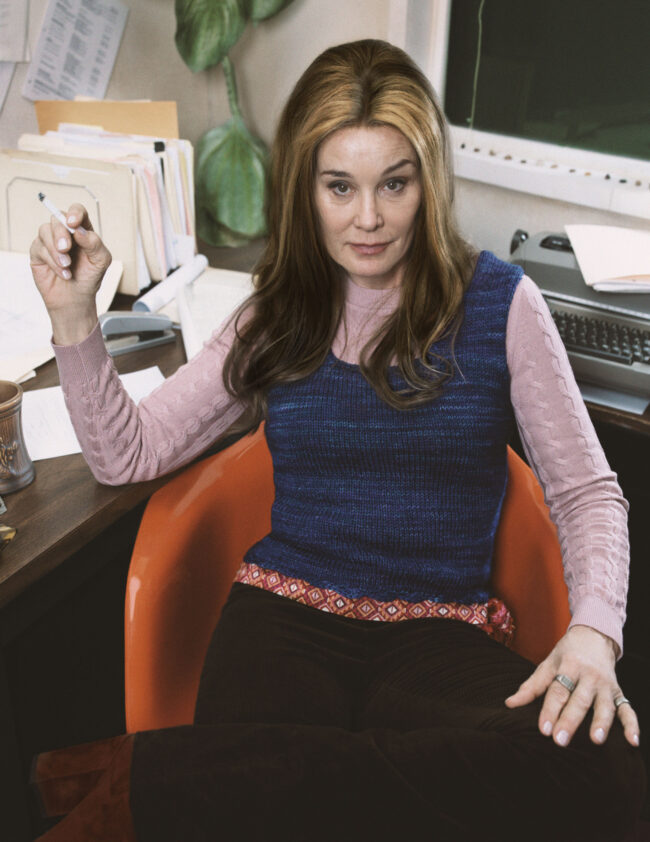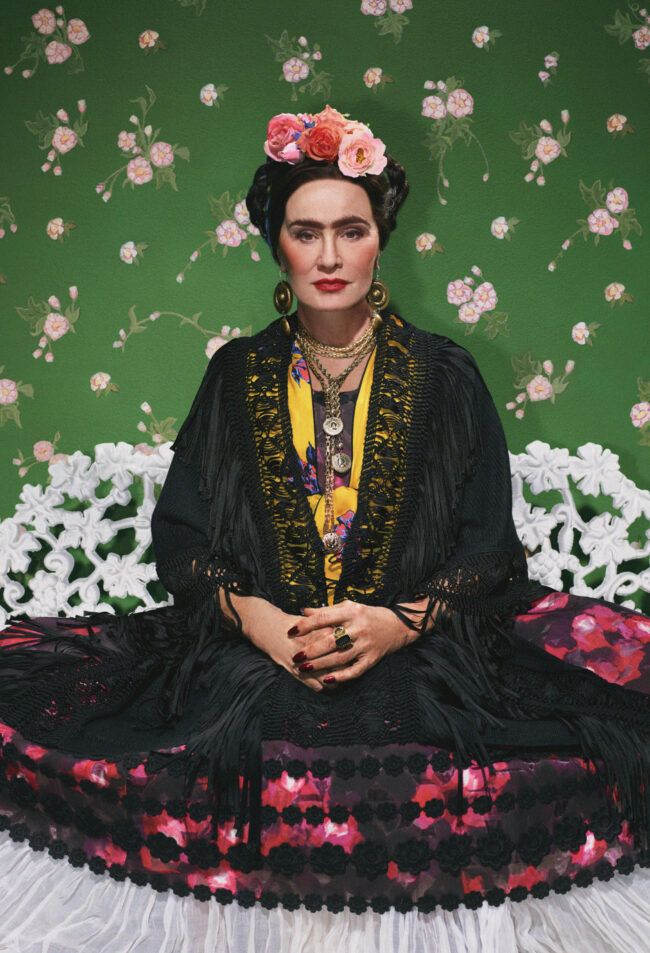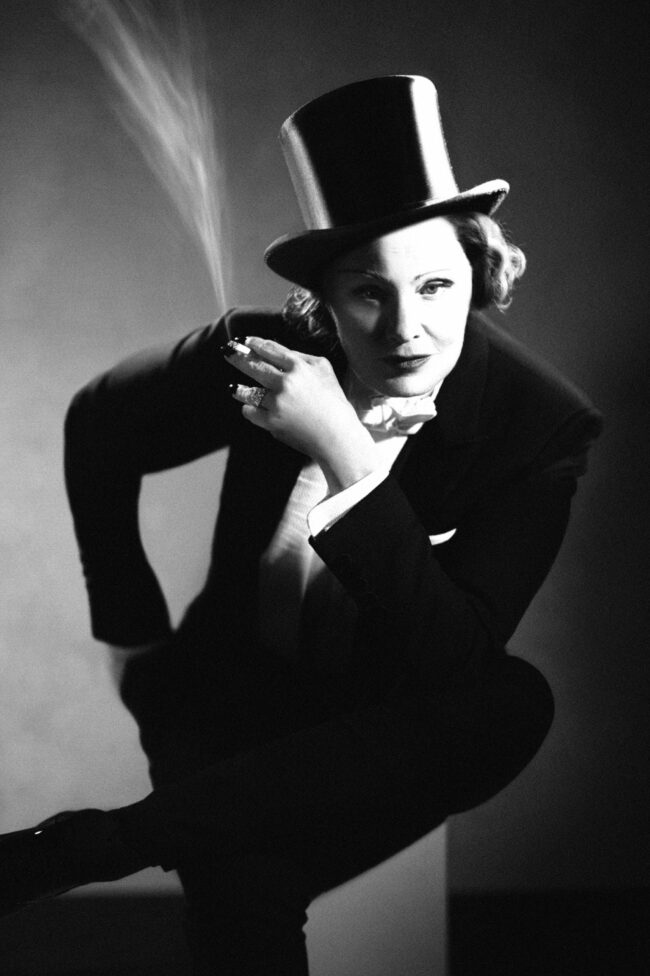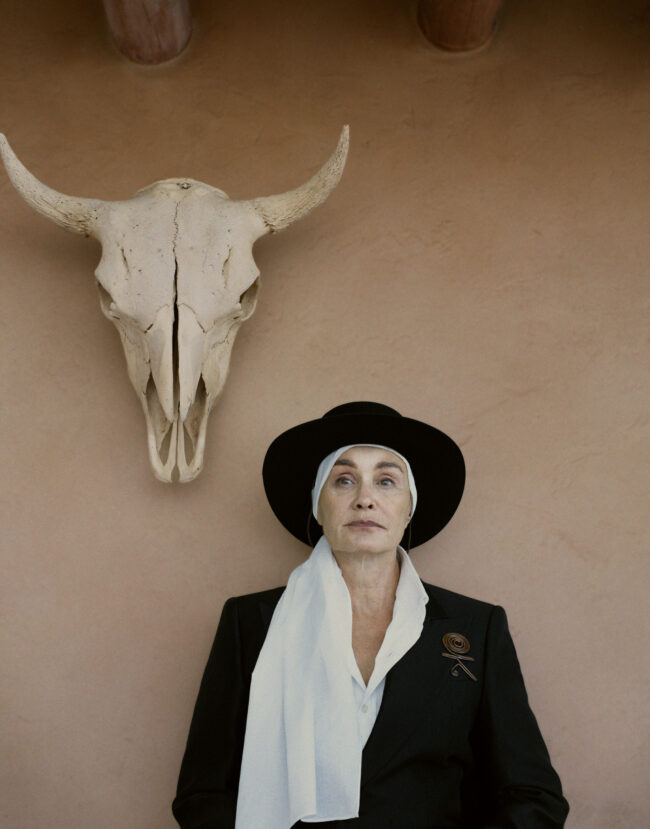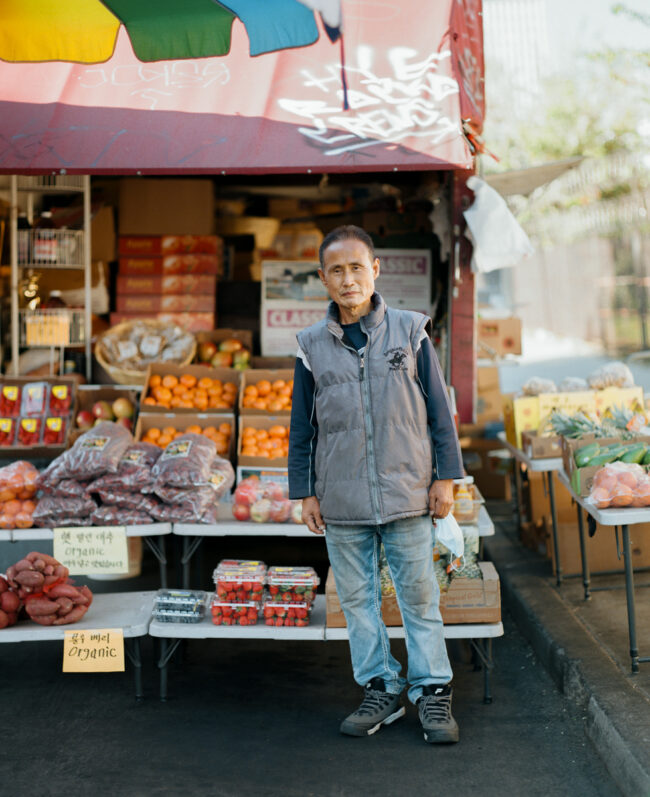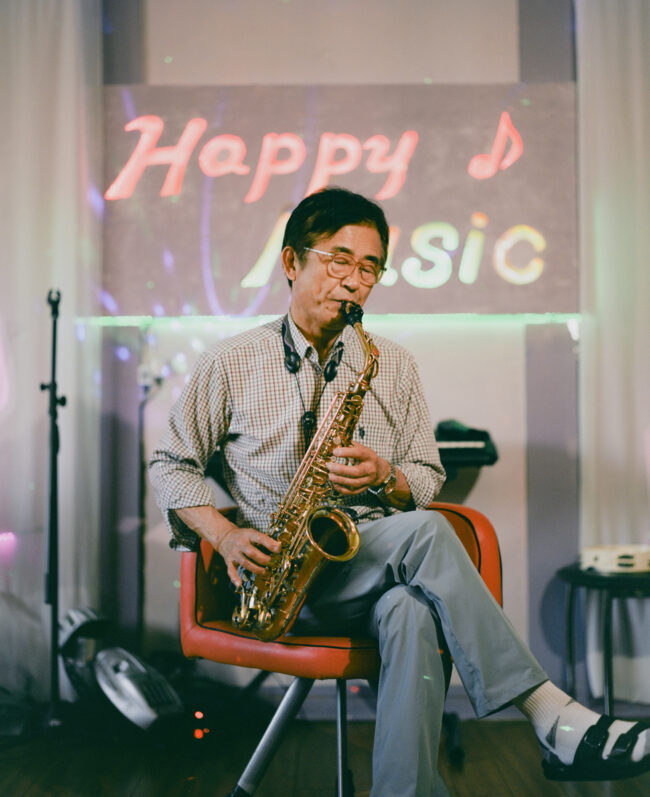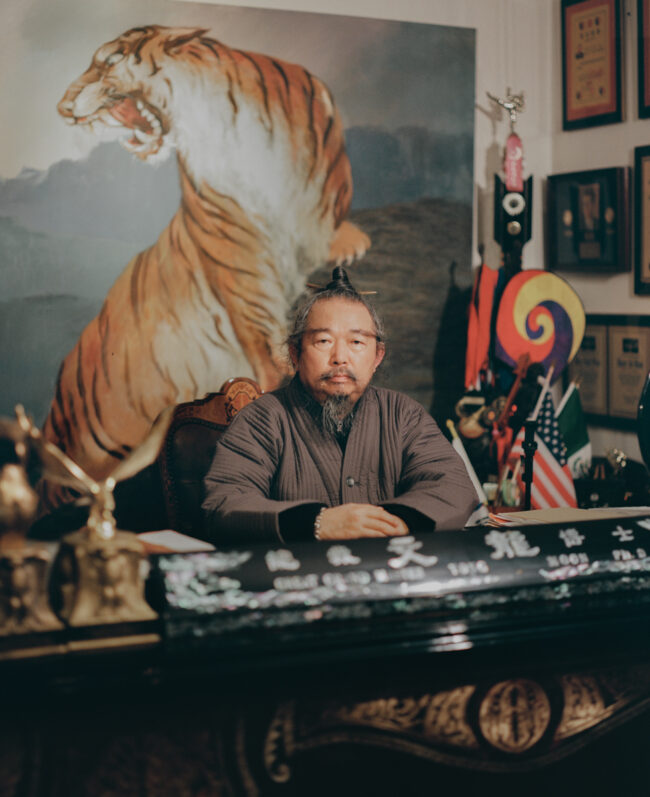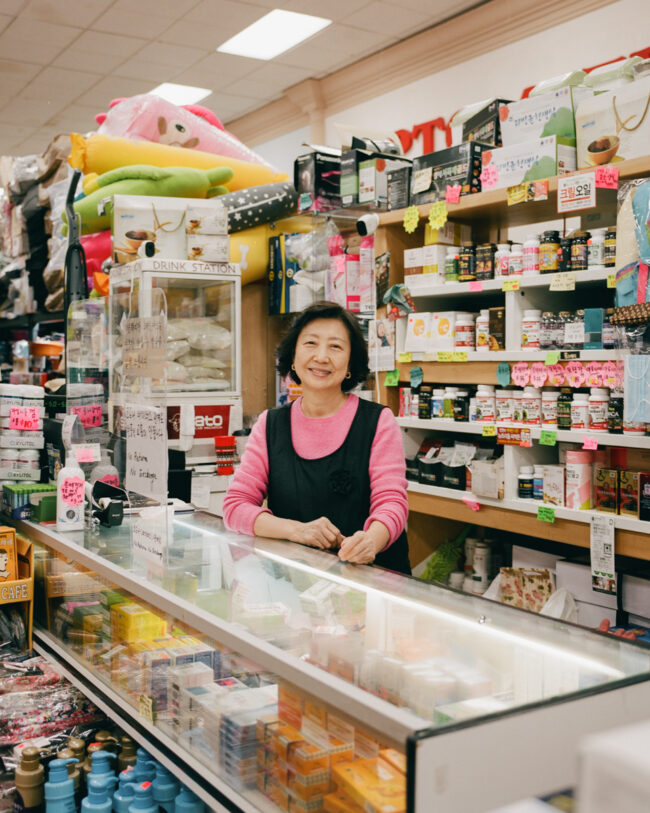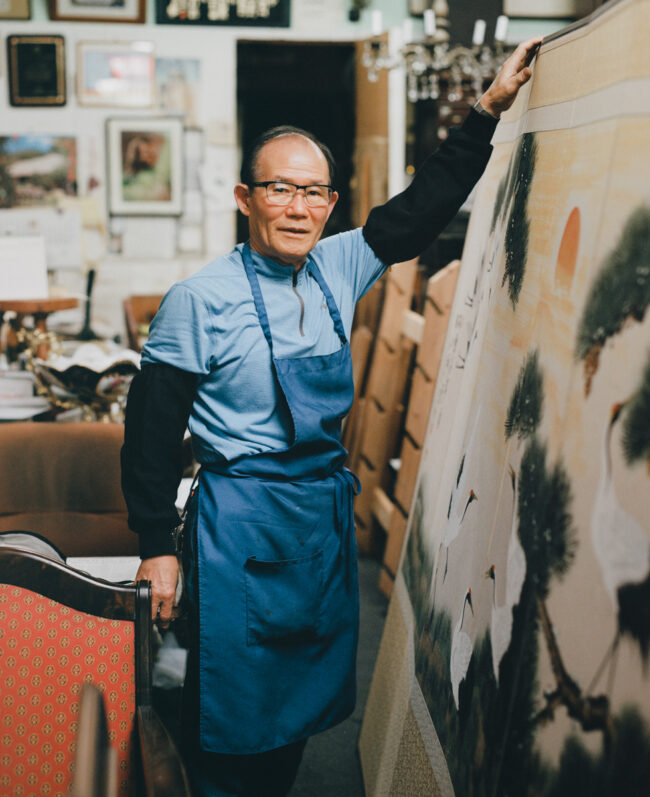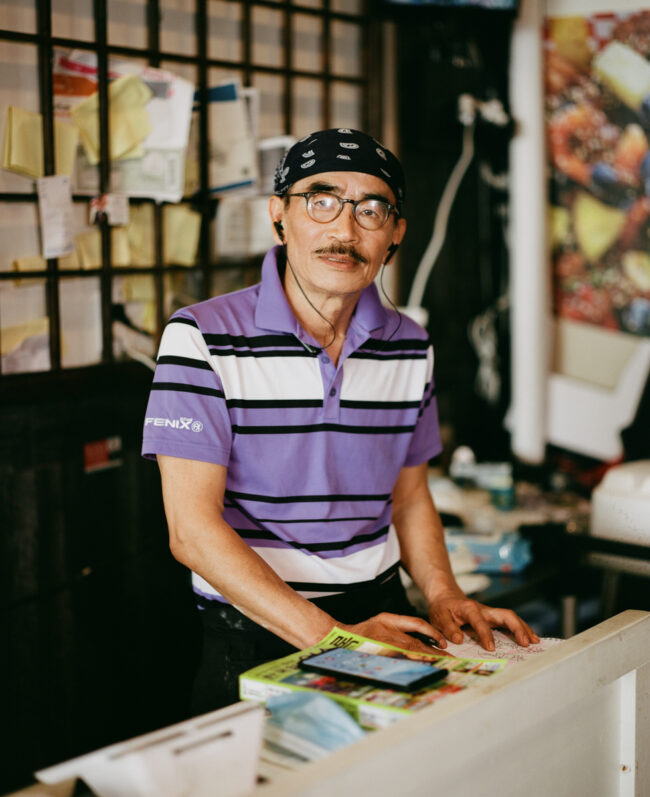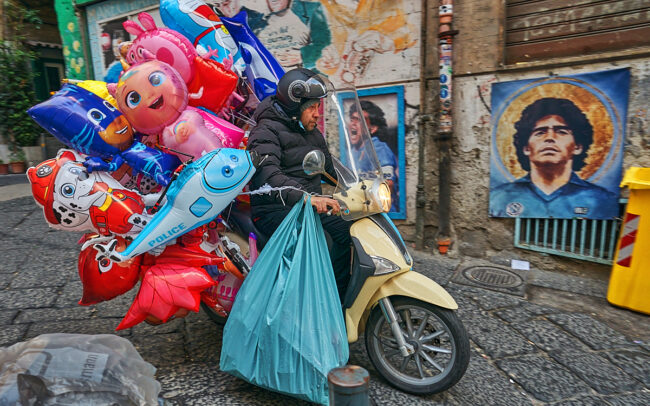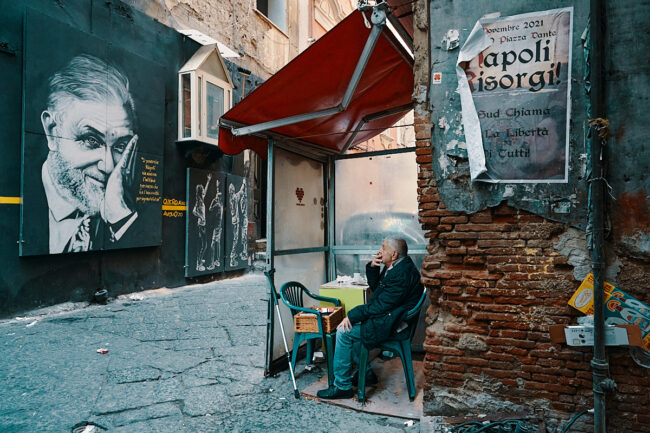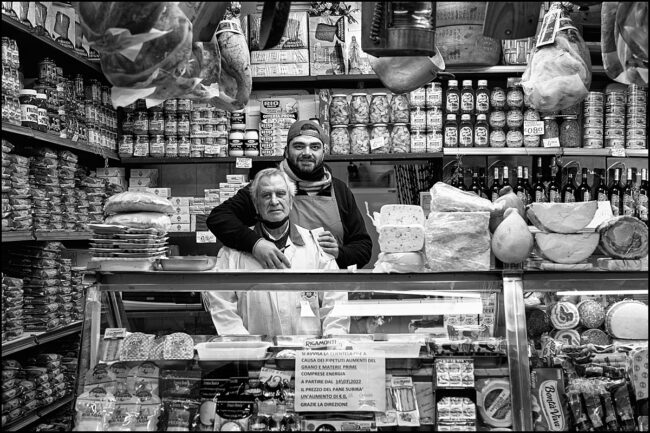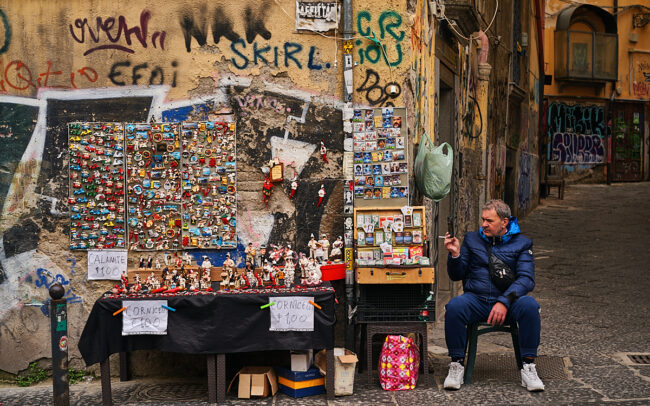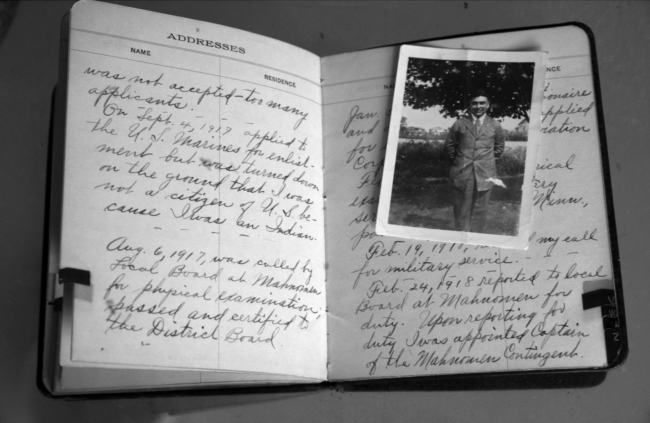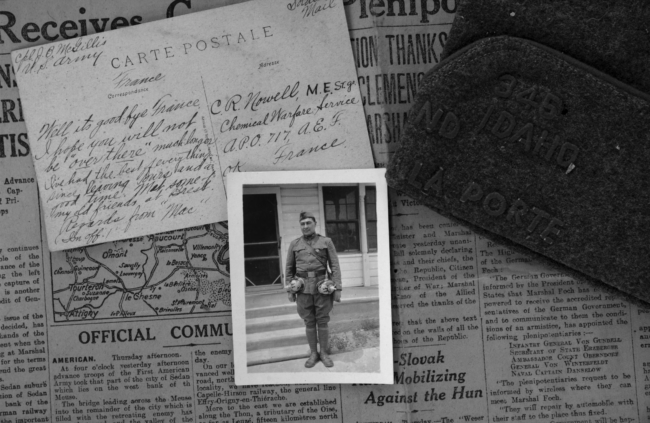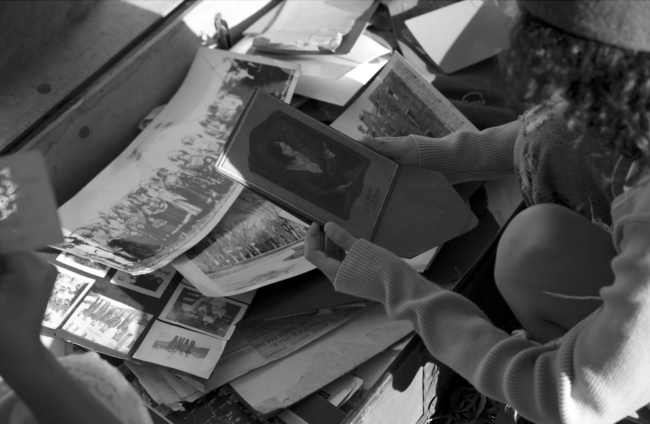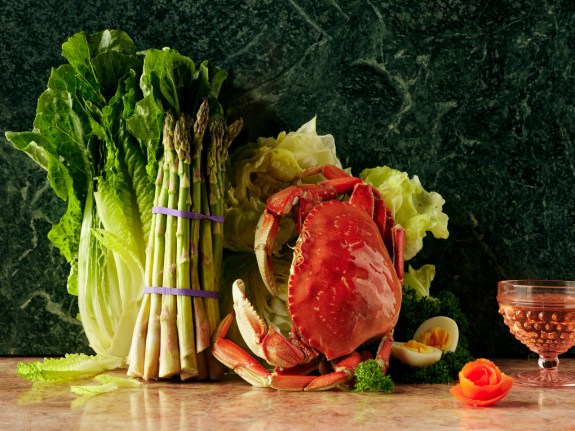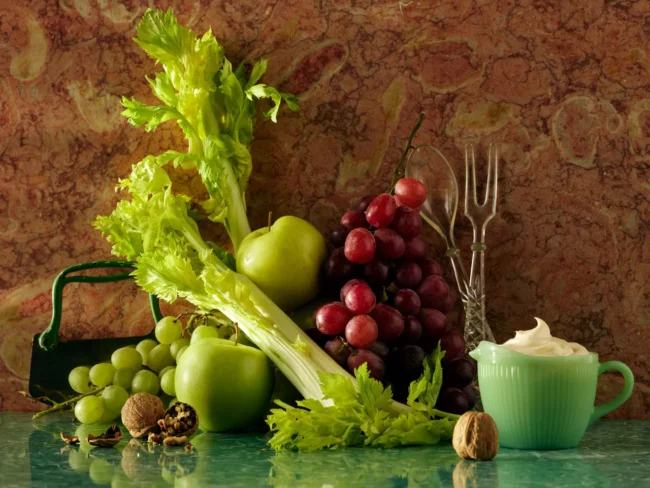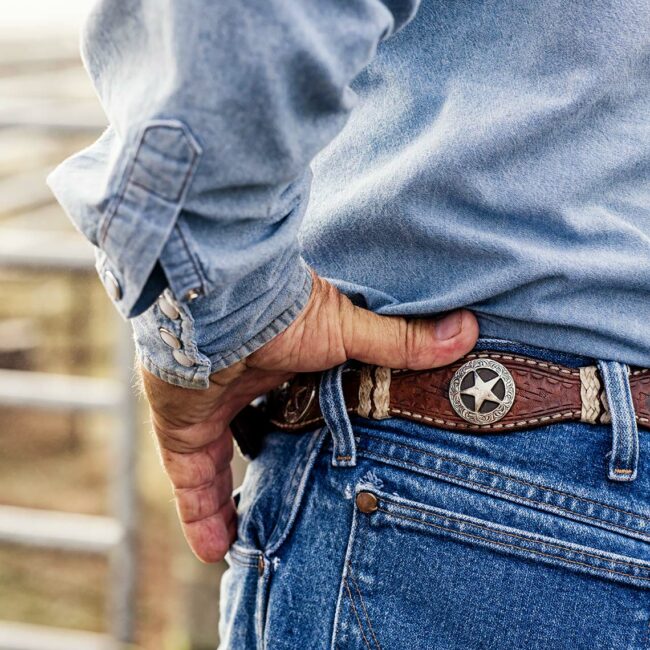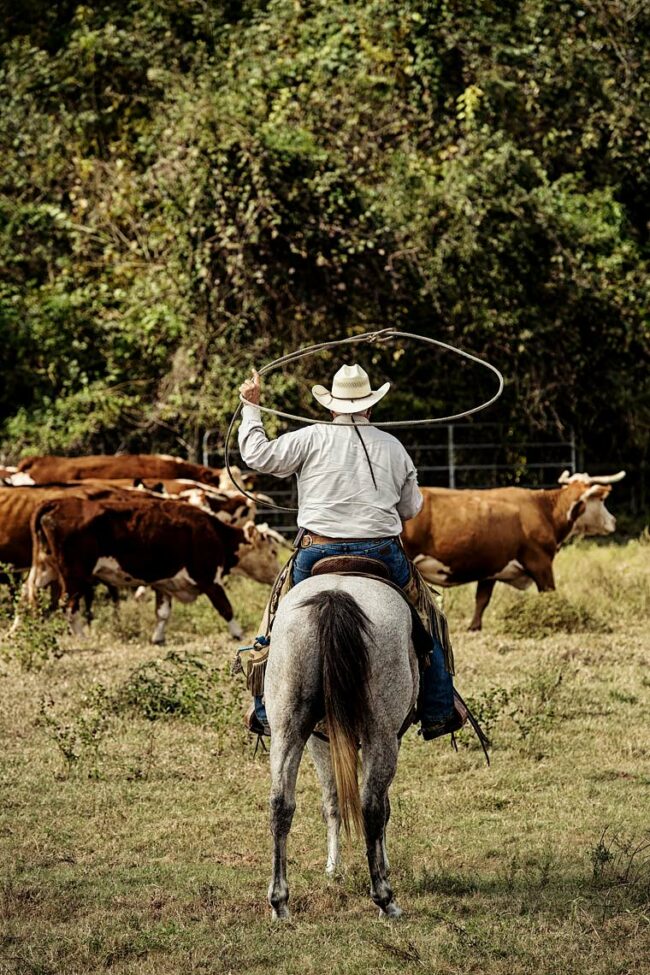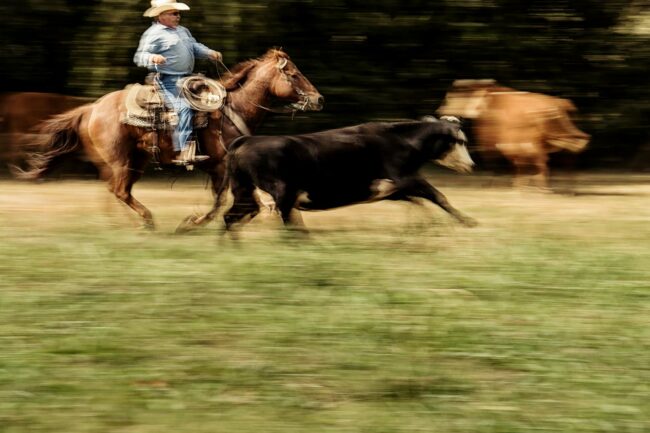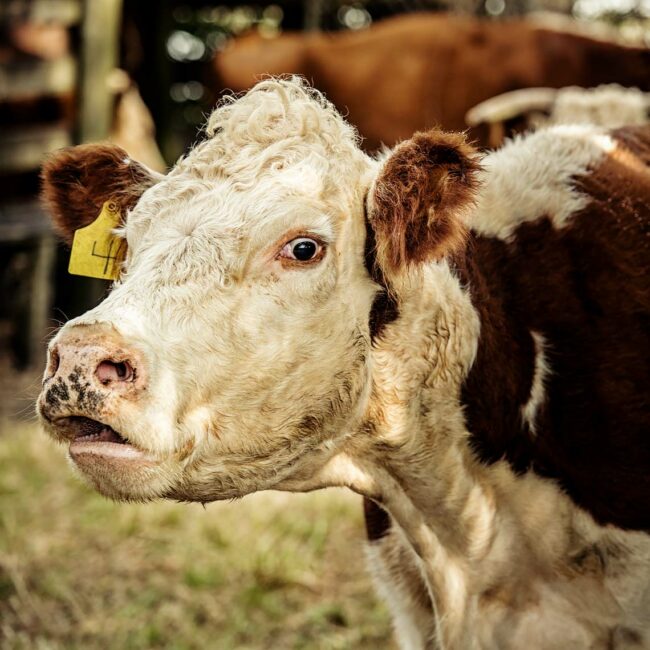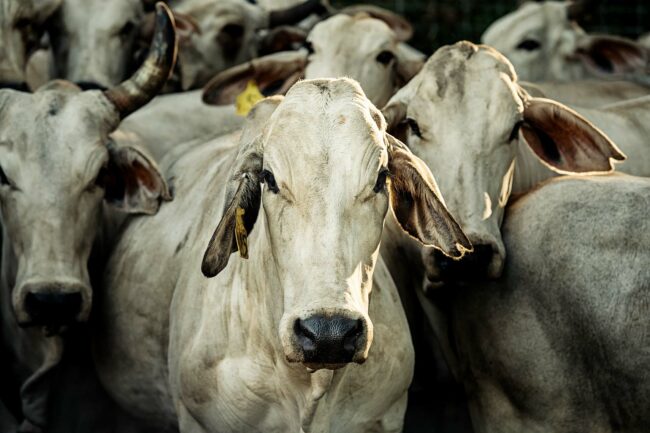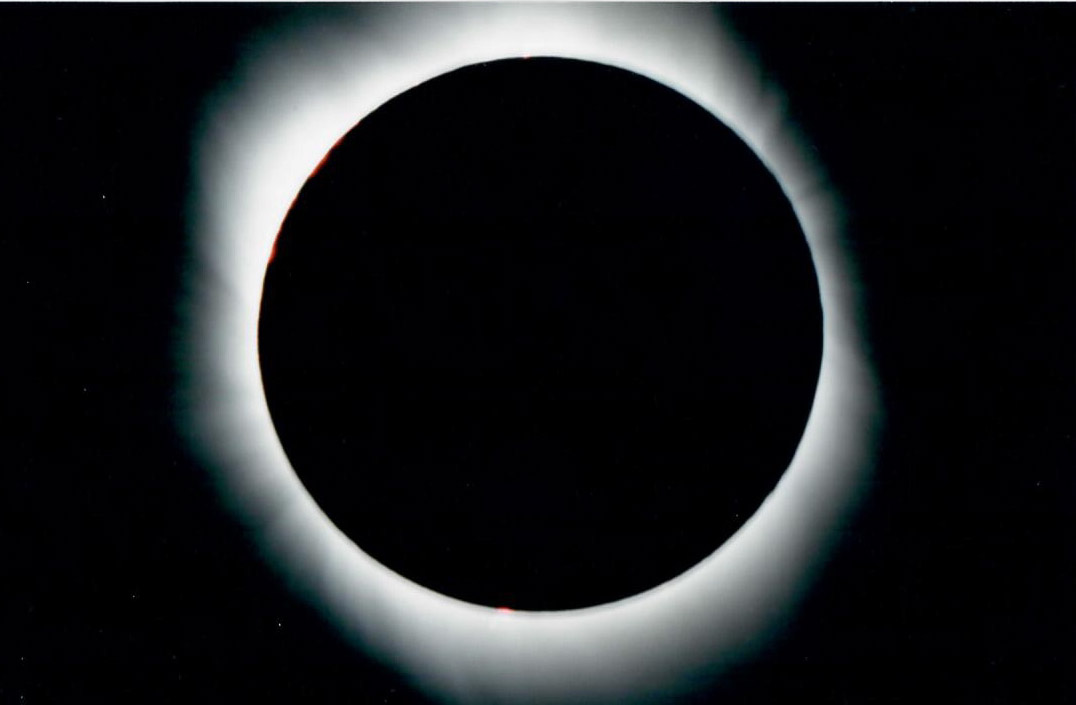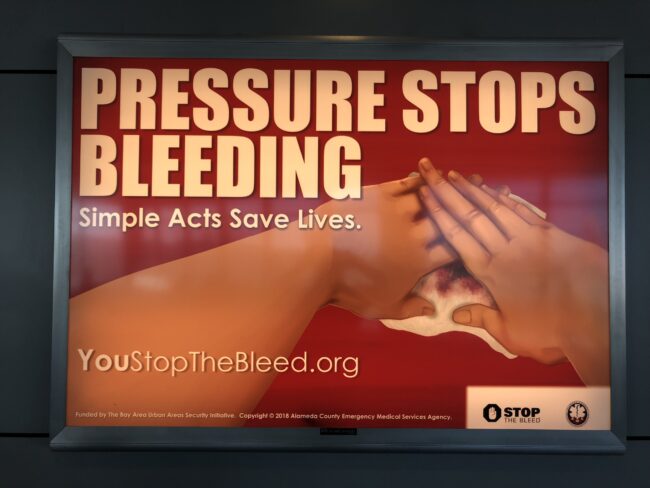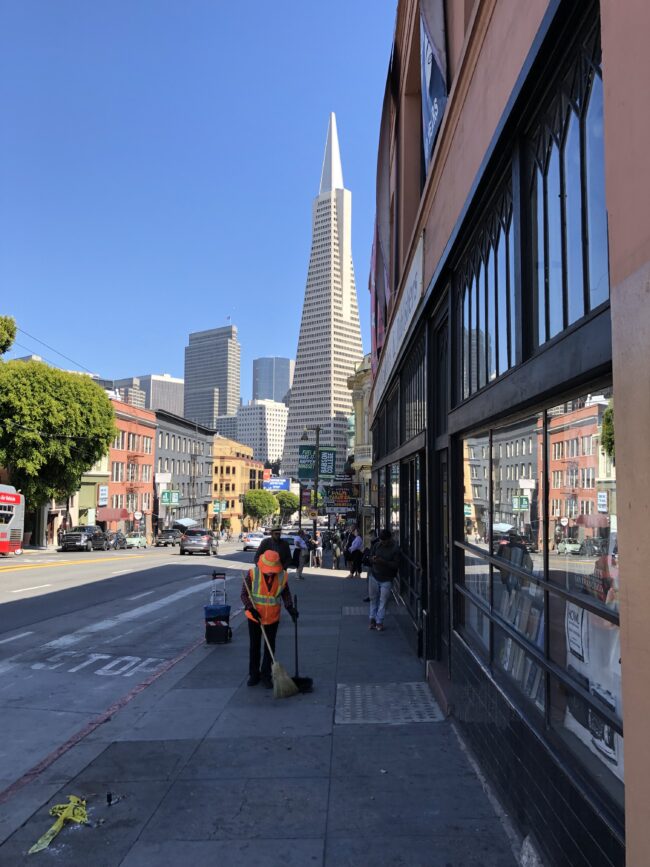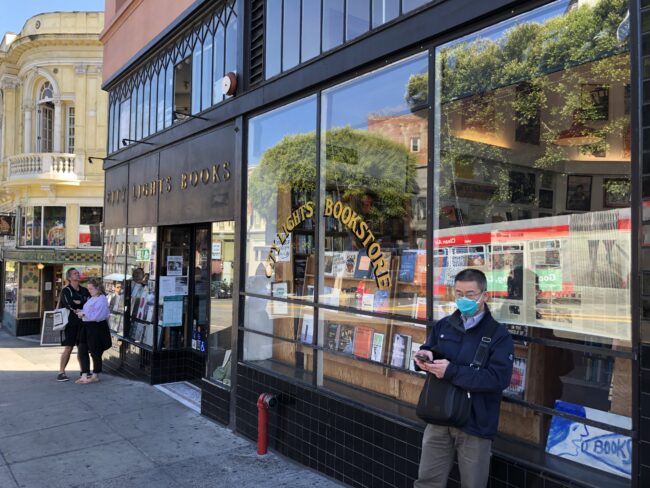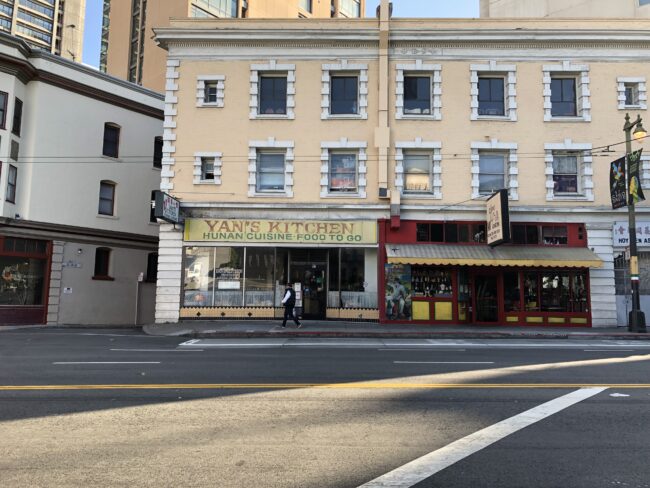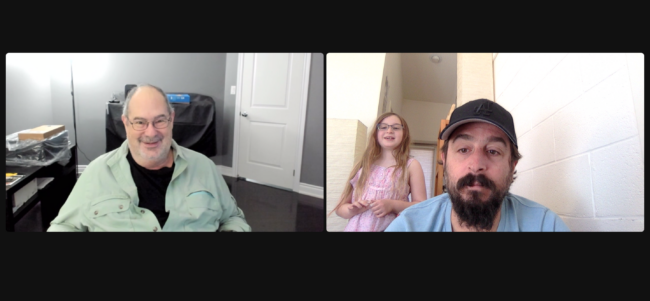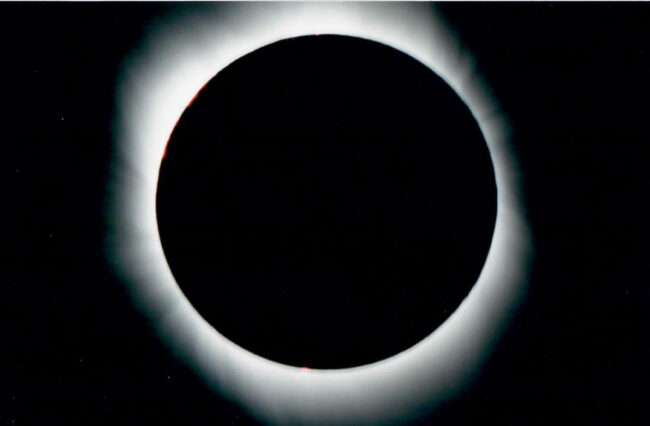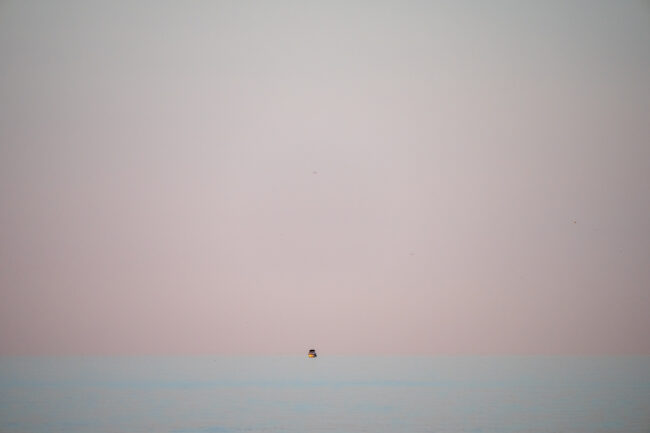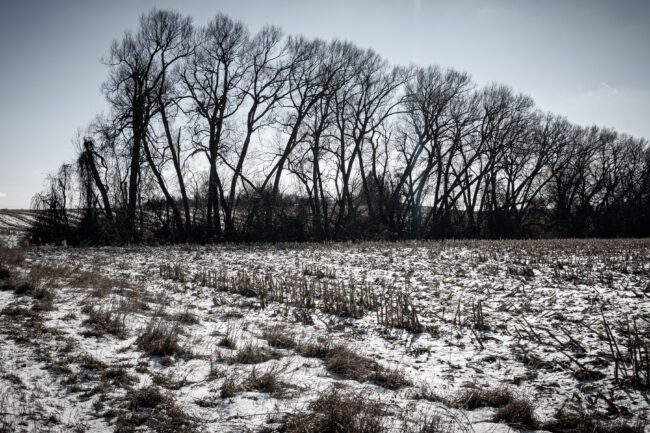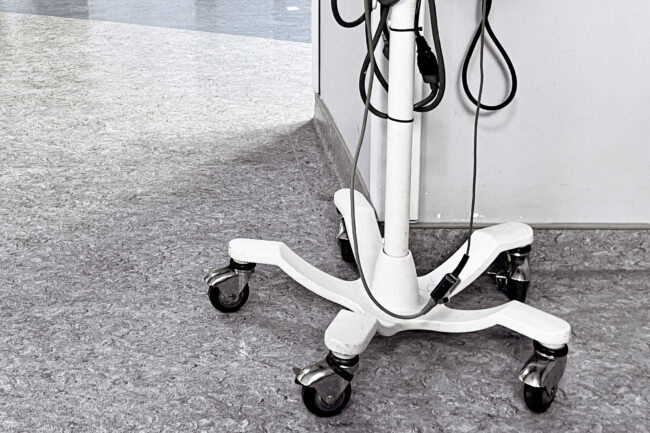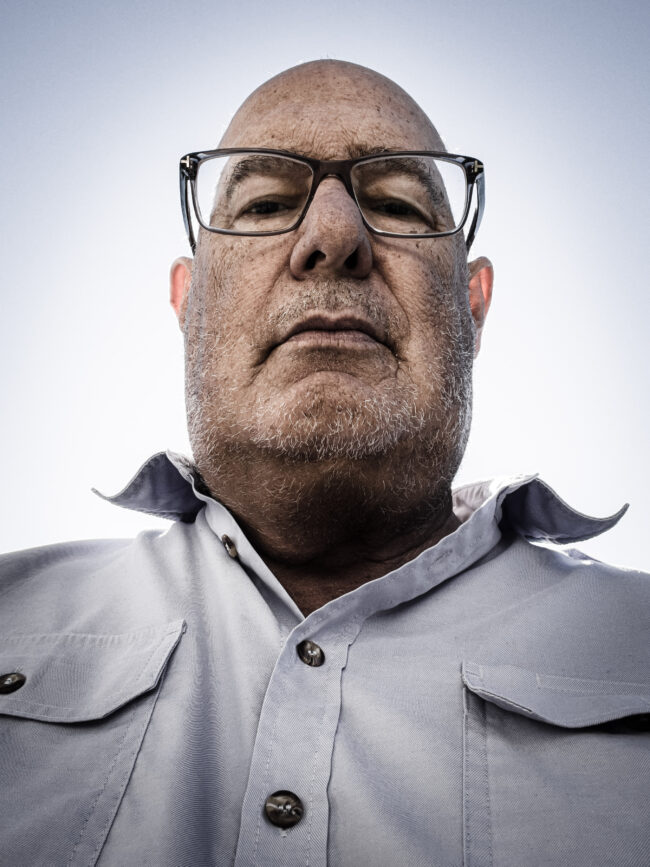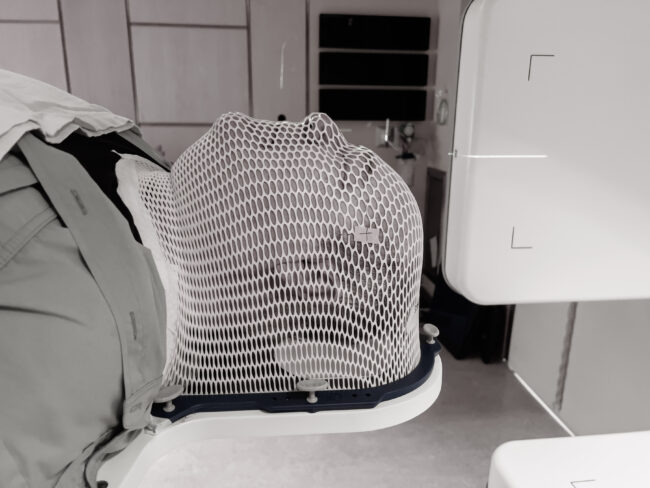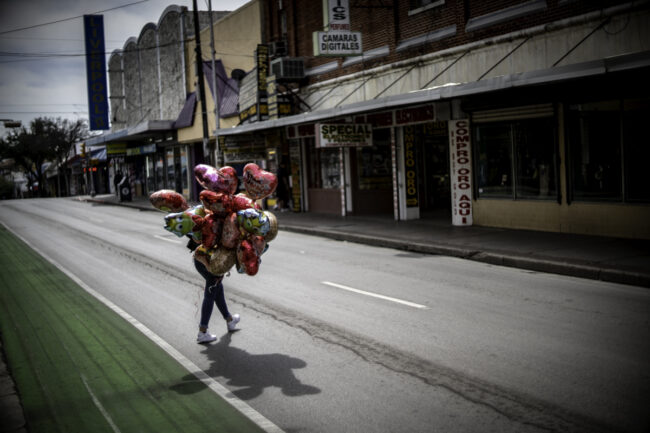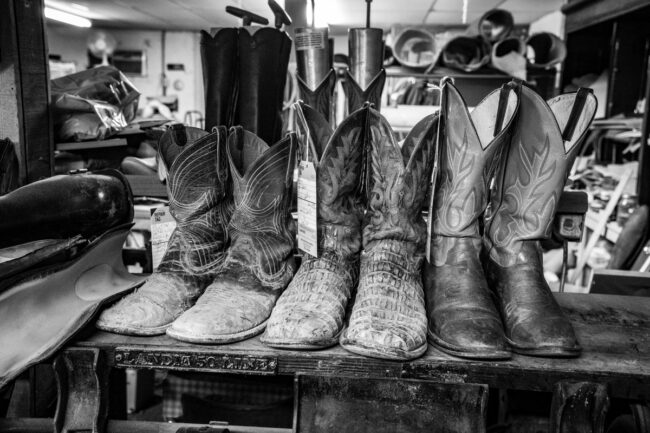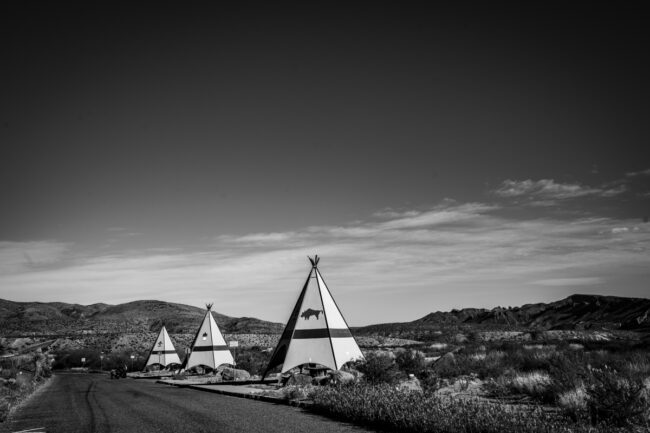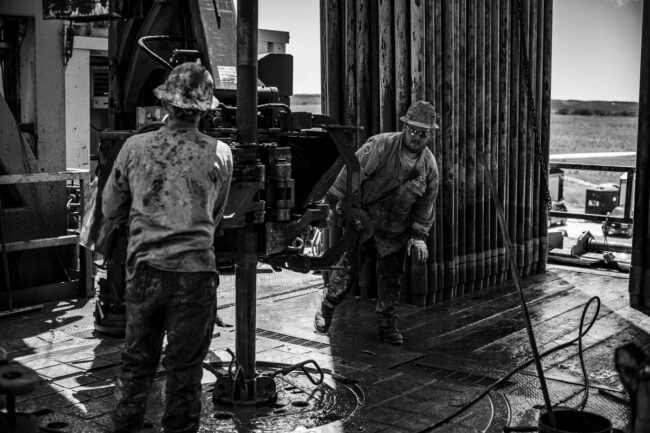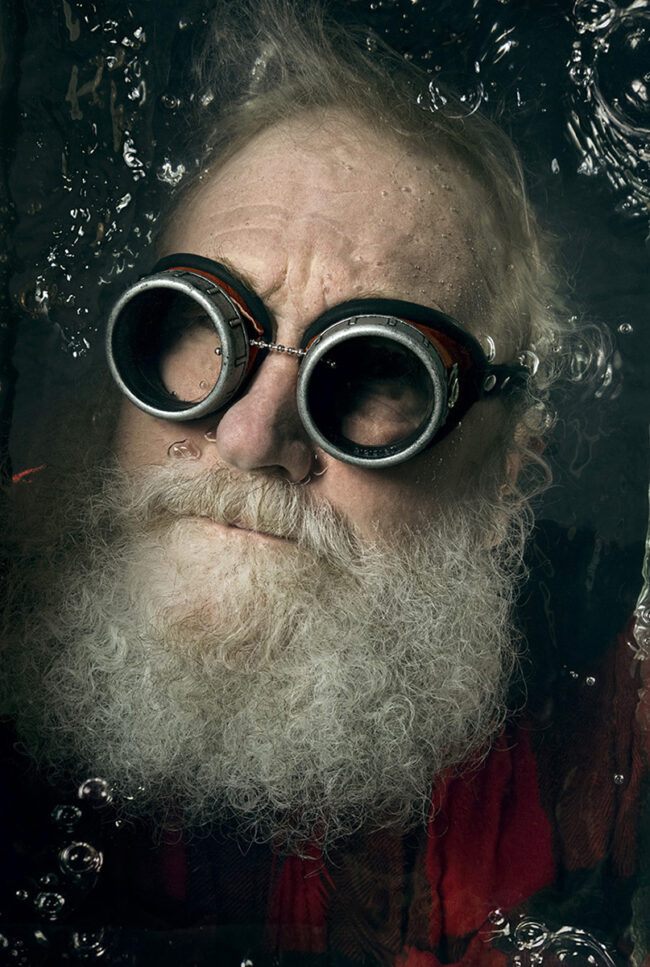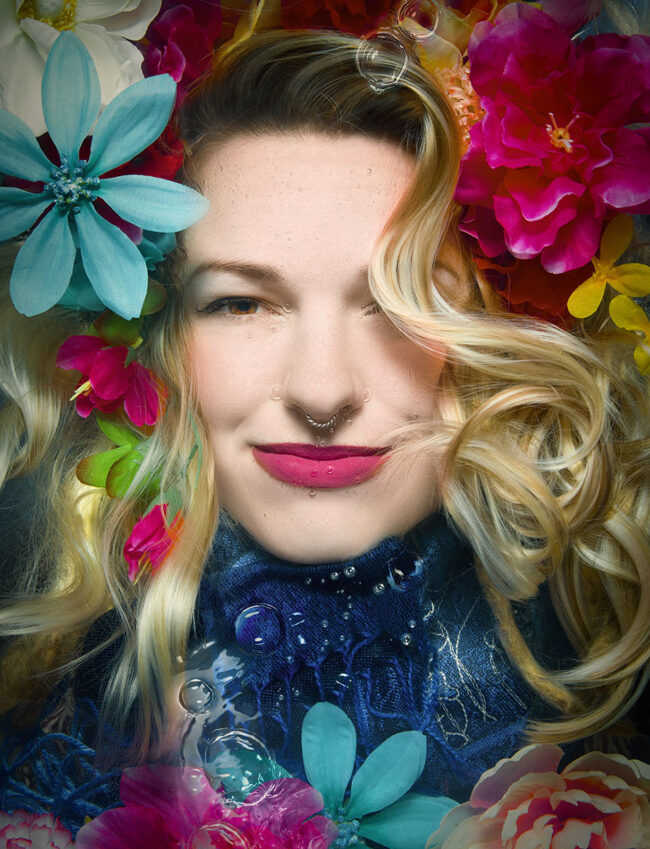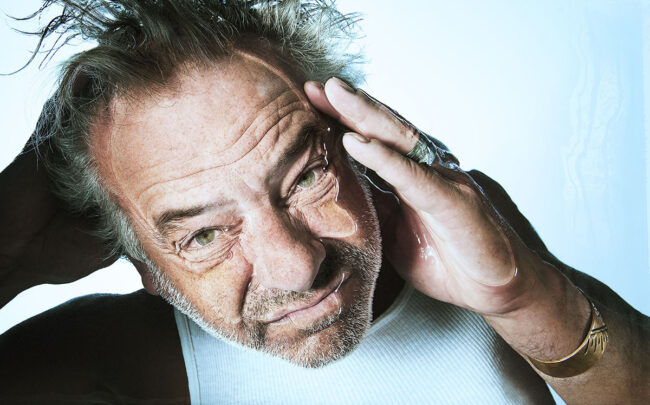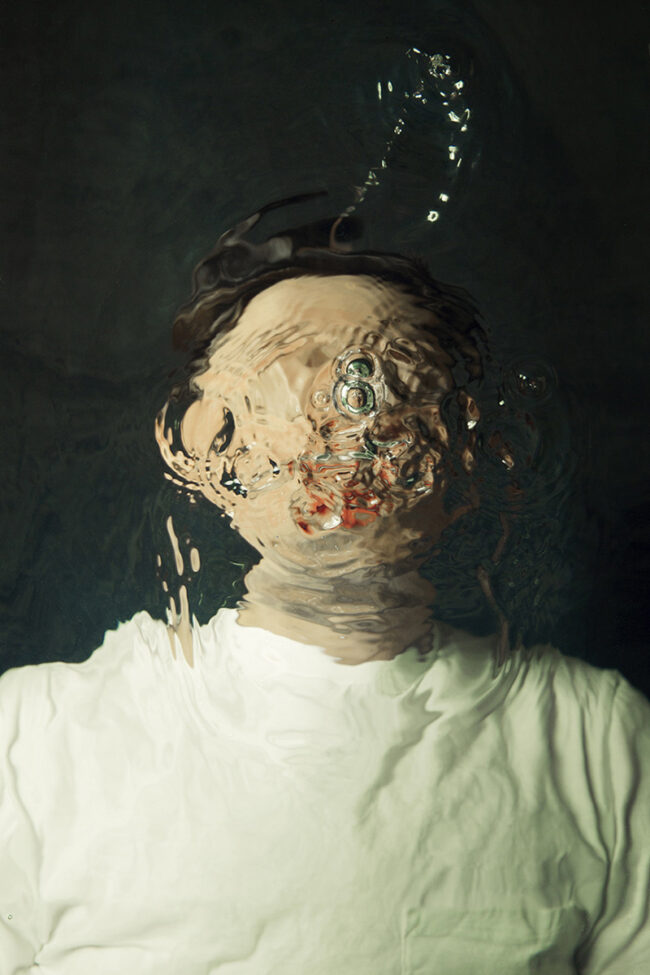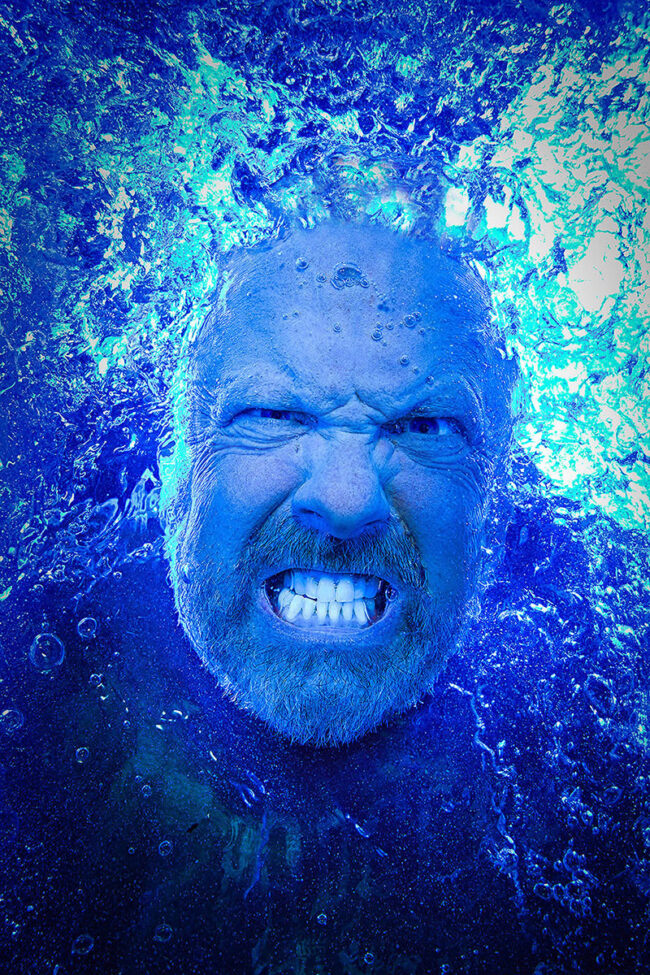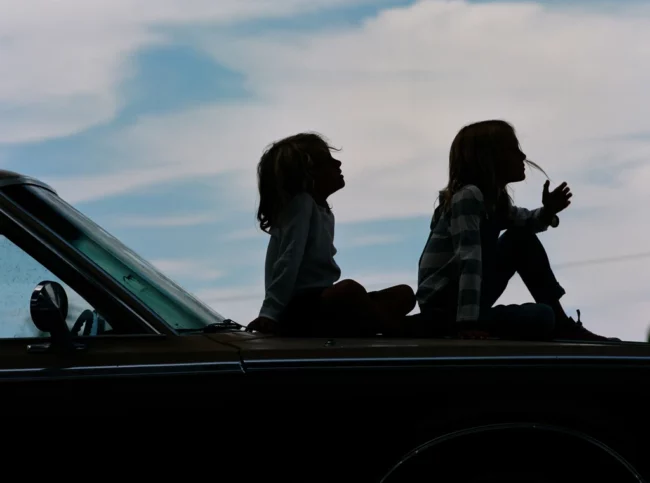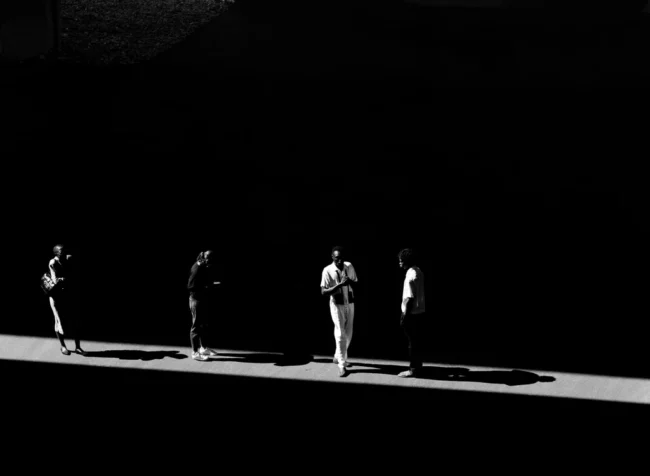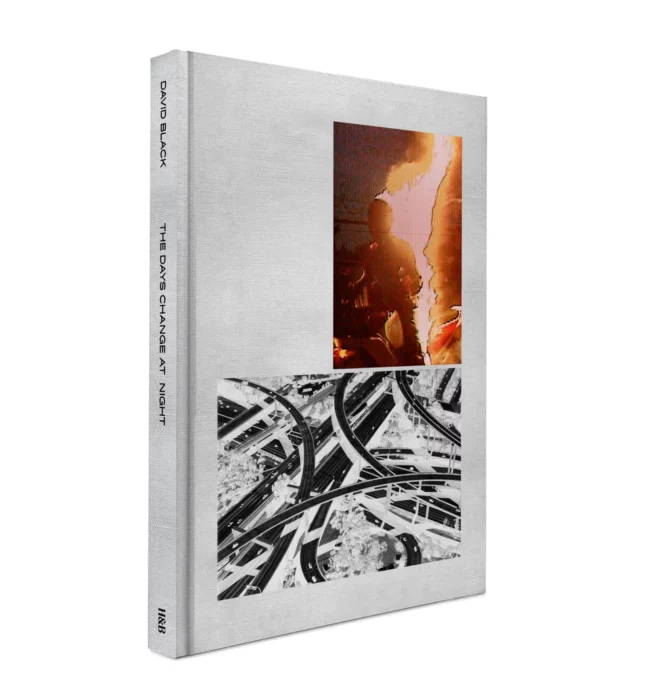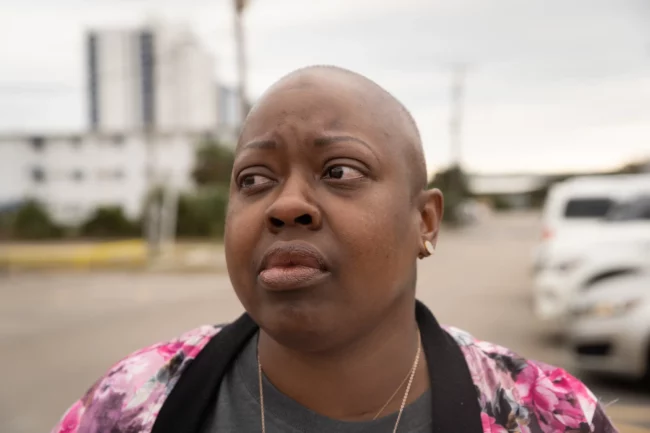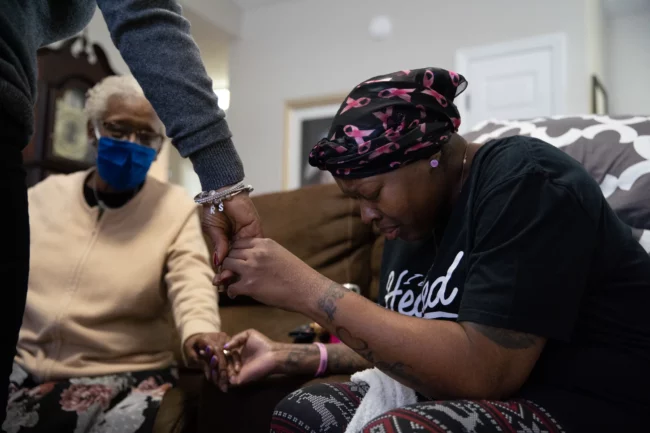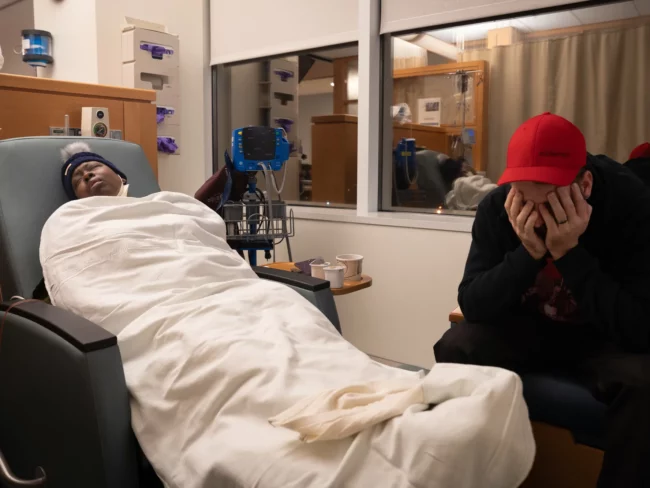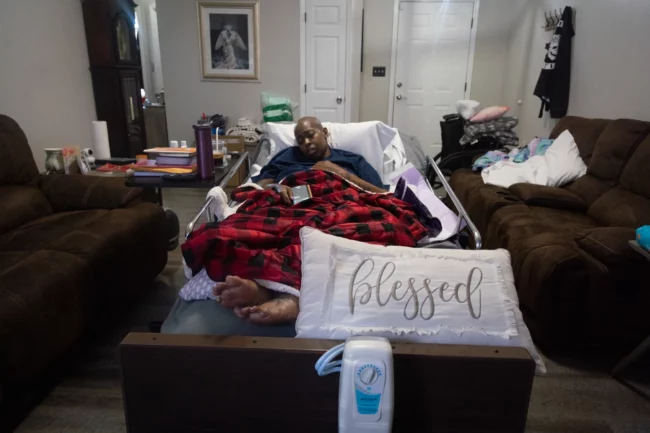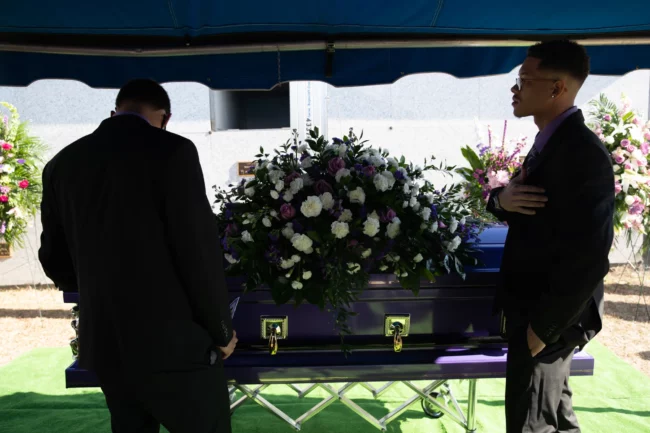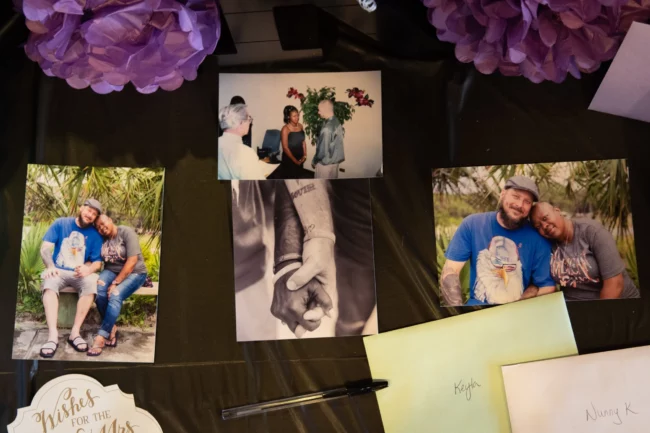The Art of the Personal Project is a crucial element to let potential buyers see how you think creatively on your own. I am drawn to personal projects that have an interesting vision or that show something I have never seen before. In this thread, I’ll include a link to each personal project with the artist statement so you can see more of the project. Please note: This thread is not affiliated with any company; I’m just featuring projects that I find. Please DO NOT send me your work. I do not take submissions.
Today’s featured artist: Luke Copping
After my family left Canada and moved to the United States, we settled in Youngstown, NY, just down the street from Historic Old Fort Niagara — the oldest continuously occupied military site in North America. Many of my early memories of living in the US involve the historical reenactors that I would regularly see at The Fort, in the surrounding park, and in the small central area of town. Especially during the large encampment weekends when reenactors would travel from near and far to descend on the fort and town in period-accurate clothing. It wasn’t unusual to see groups of soldiers stepping into a grocery store, muskets over their shoulders – to buy snacks and beer for the weekend-long party and historical festivities. As much as these reenactors valued the authenticity of their costuming and campsites, it was always an interestingly anachronistic experience for spectators like myself. One that made an impression for years to come.
For this particular series of portraits of reenactors and historical interpreters, I decided to focus on the war of 1812. However, the fort was used during the Colonial Wars, Seven Years’ Wars, and the Civil War. During both world wars, it was a barracks and training station.
The American, French, And British flags fly over the fort – the Three nations who have occupied it at one time or another as they competed for the support of the Six Nations Confederacy and used the fort to control access to the western great lakes.
I plan to return to the fort soon to create a series of portraits of reenactors specializing in the Seven Years’ War and the fort’s staff of indigenous historical interpreters.



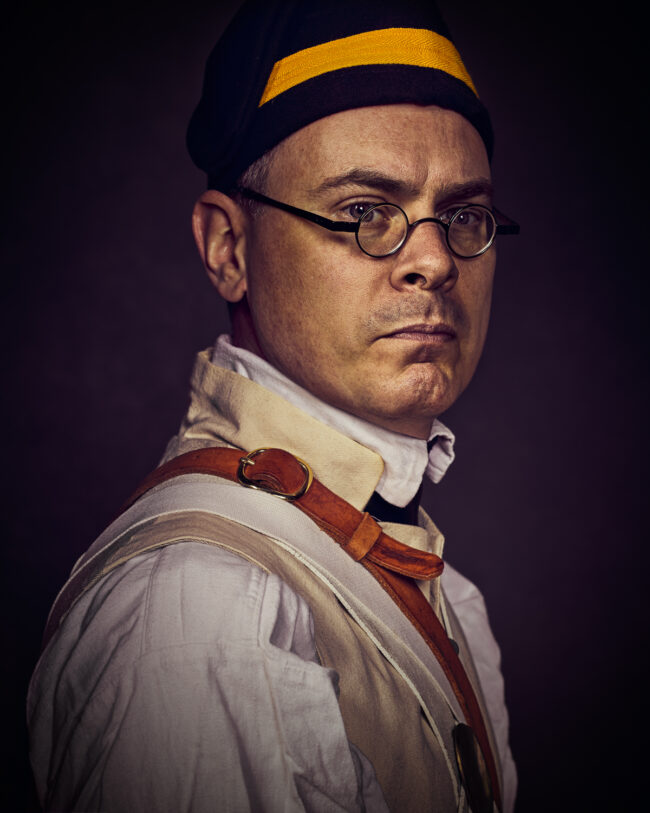

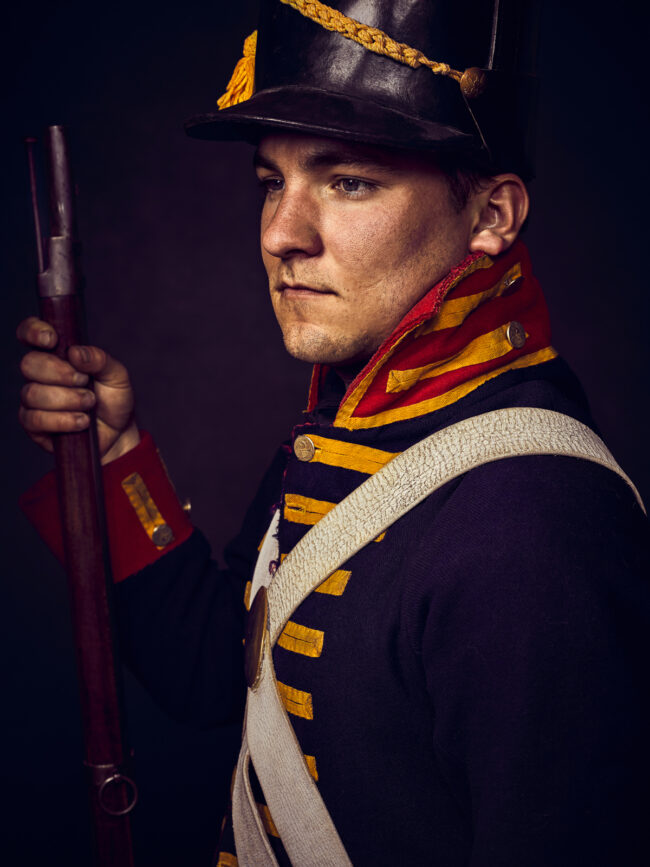
To see more of this project, click here
APE contributor Suzanne Sease currently works as a consultant for photographers and illustrators around the world. She has been involved in the photography and illustration industry since the mid 80s. After establishing the art-buying department at The Martin Agency, then working for Kaplan-Thaler, Capital One, Best Buy and numerous smaller agencies and companies, she decided to be a consultant in 1999. She has a Twitter feed with helpful marketing information because she believes that marketing should be driven by brand and not by specialty. Follow her at @SuzanneSease. Instagram
Success is more than a matter of your talent. It’s also a matter of doing a better job presenting it. And that is what I do with decades of agency and in-house experience.
